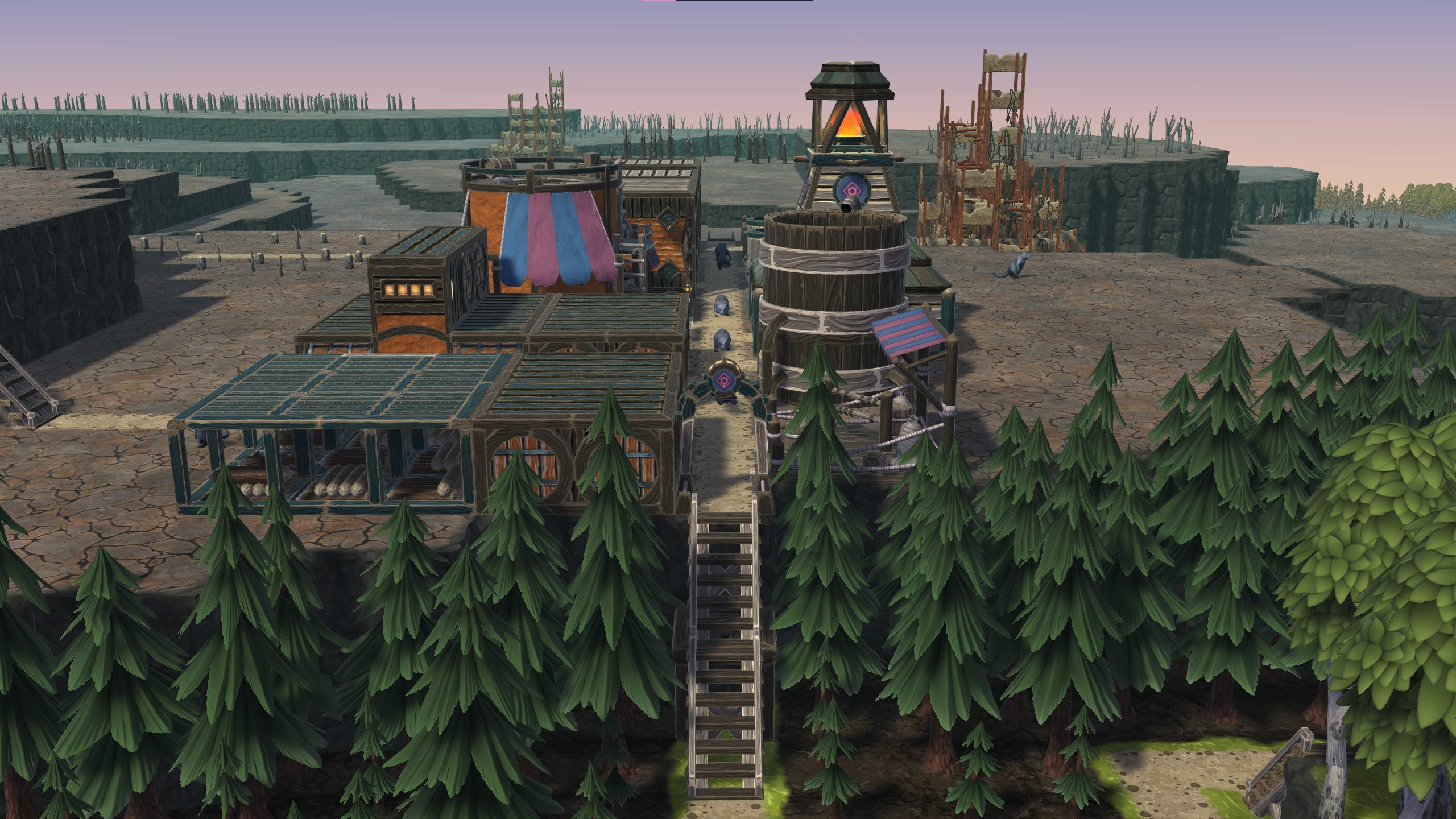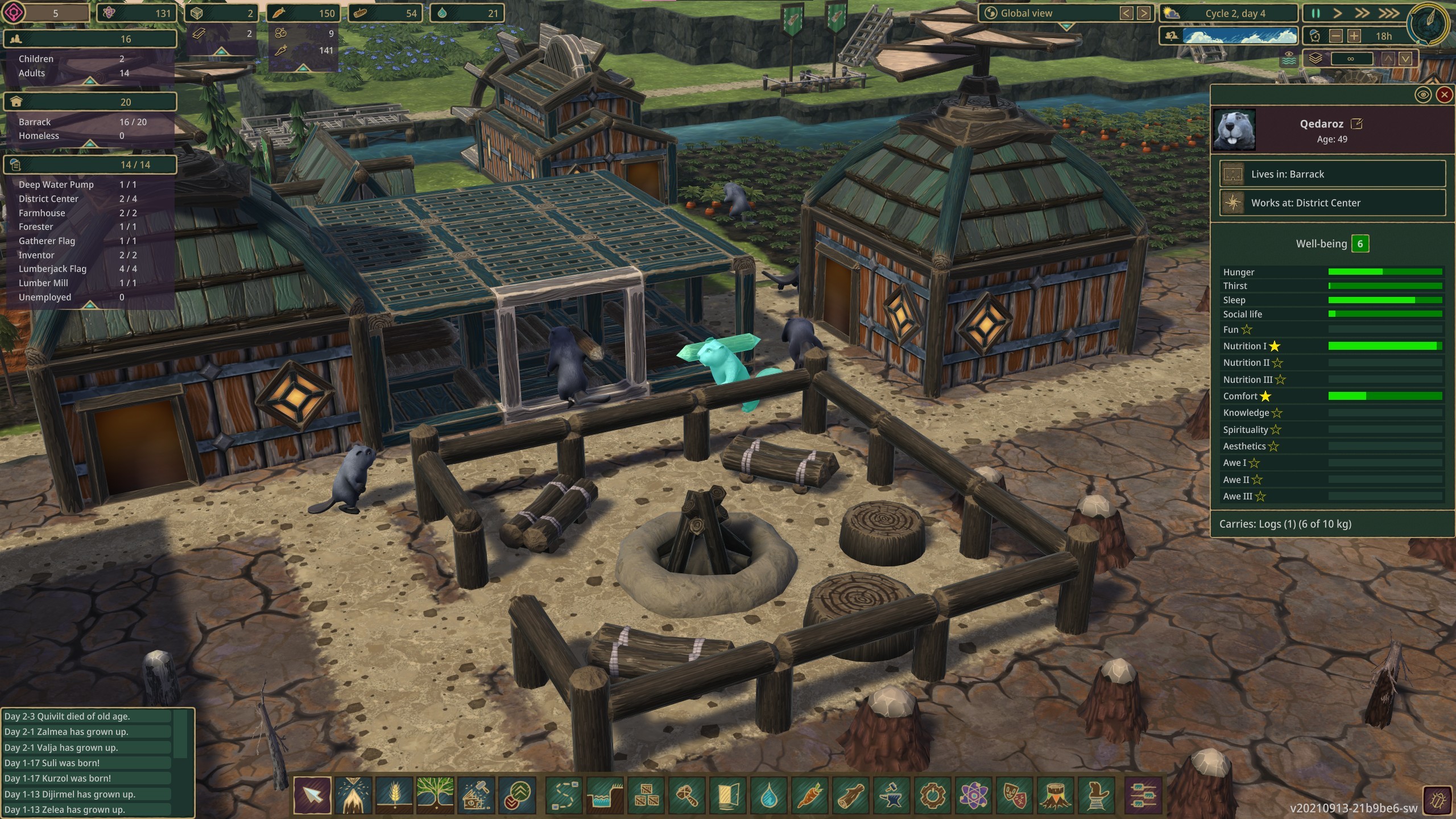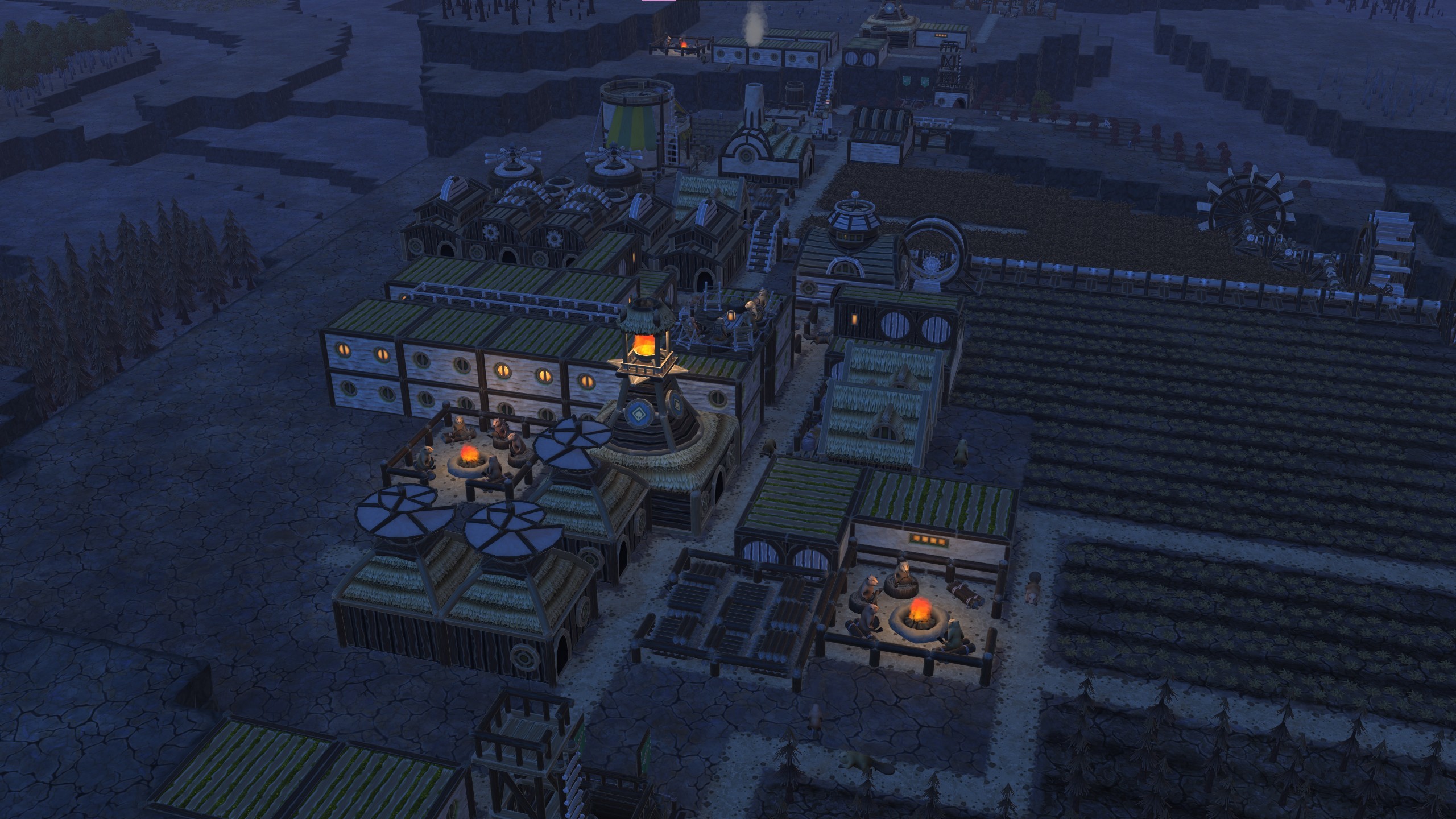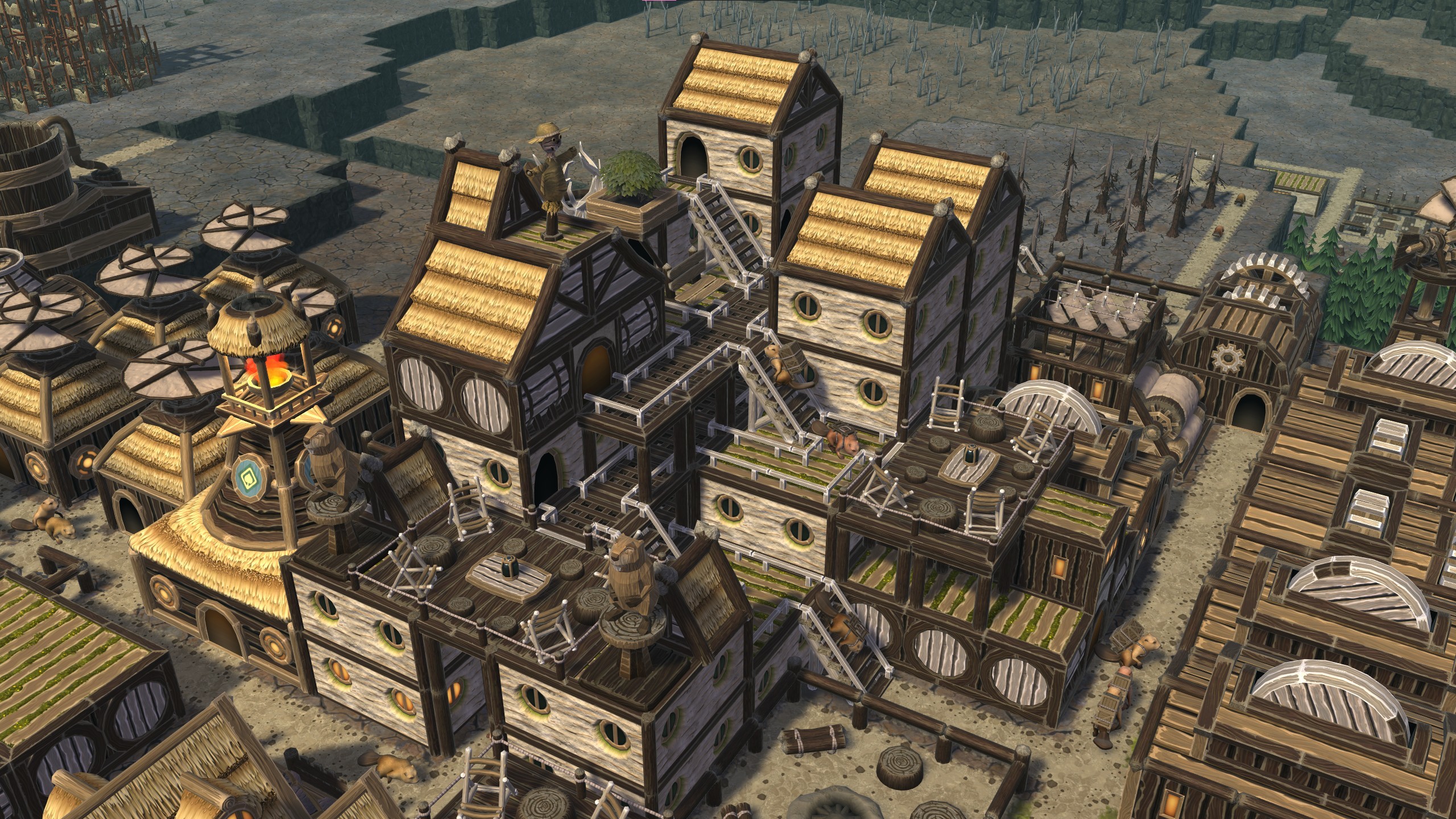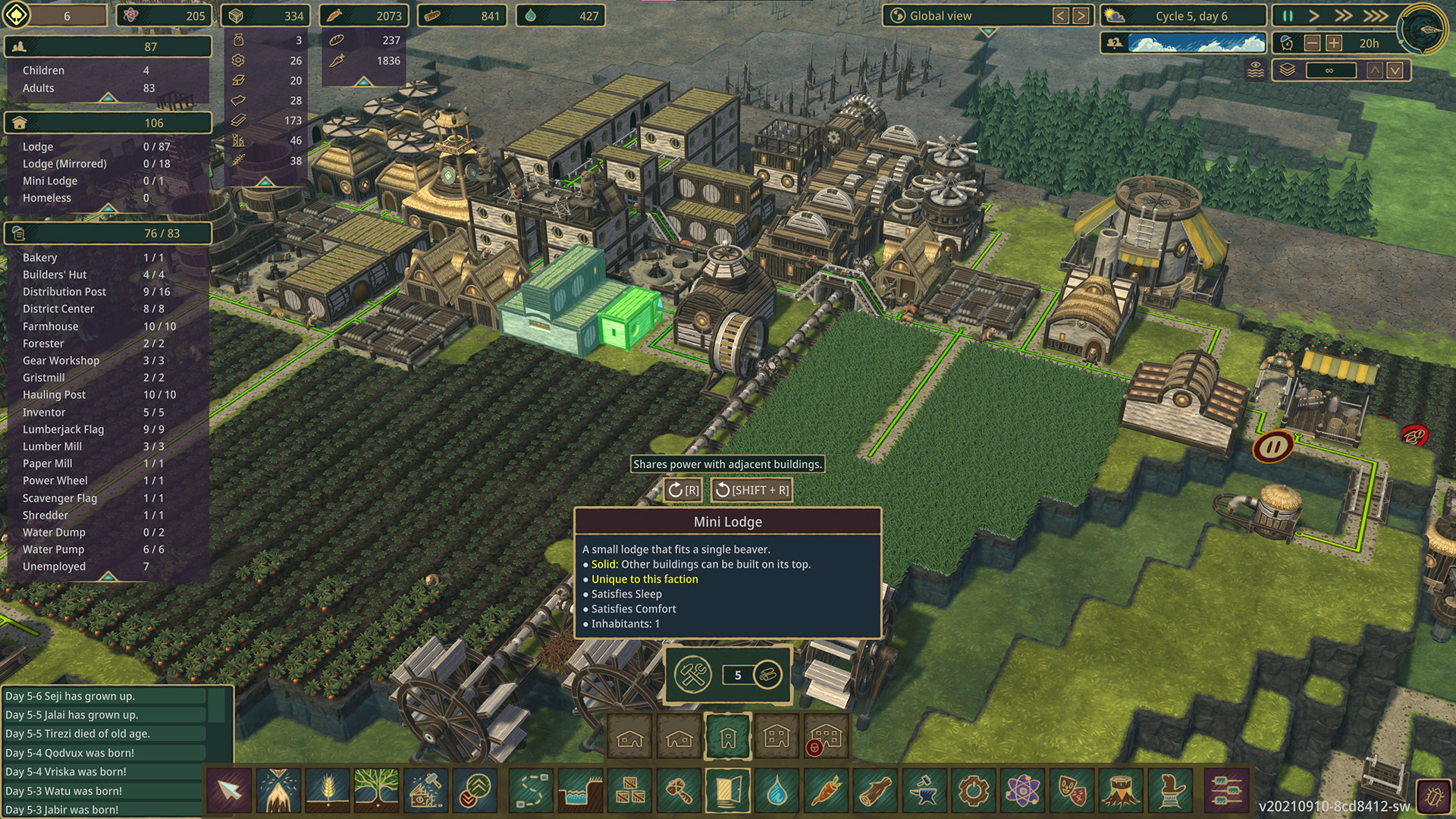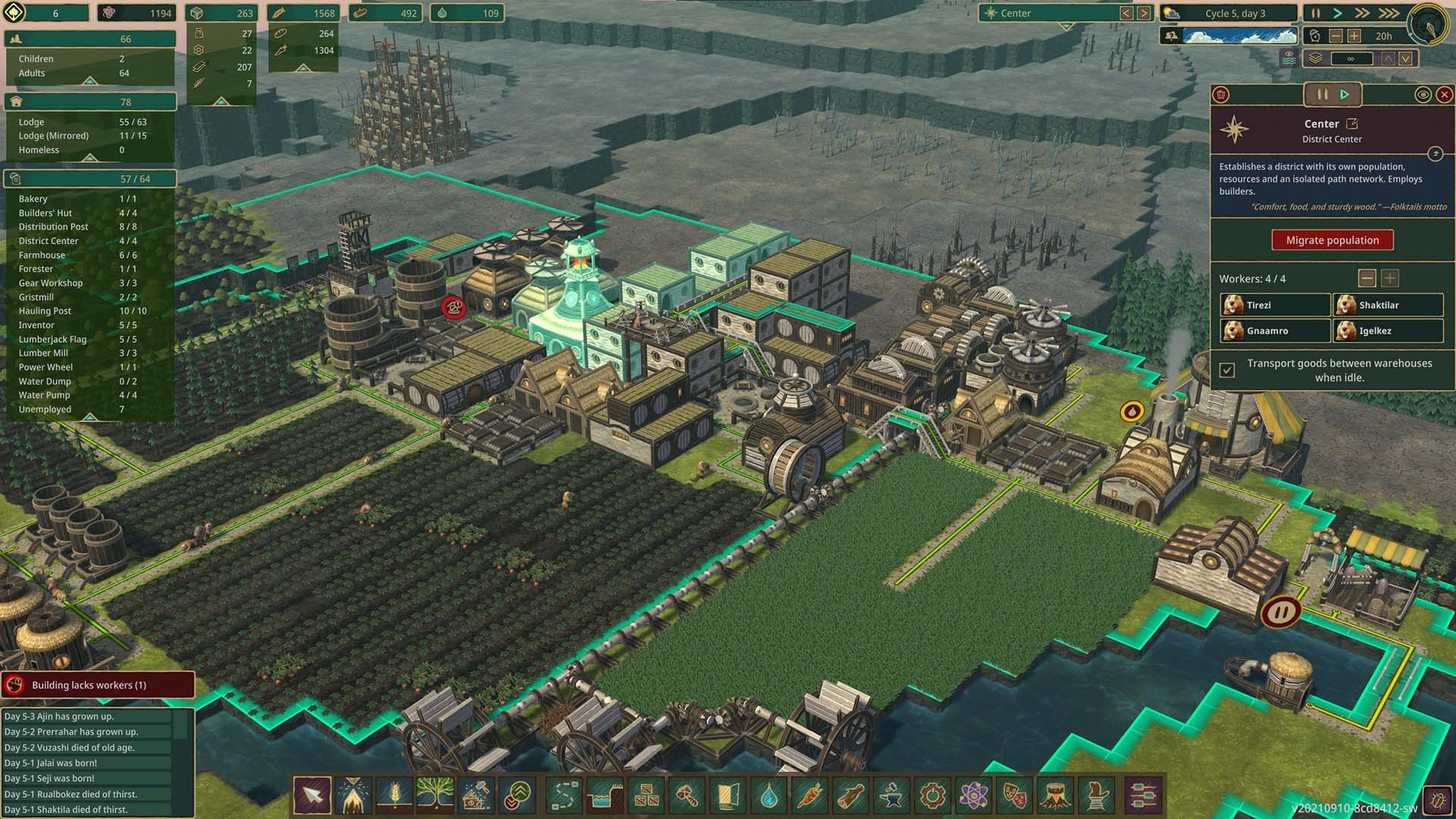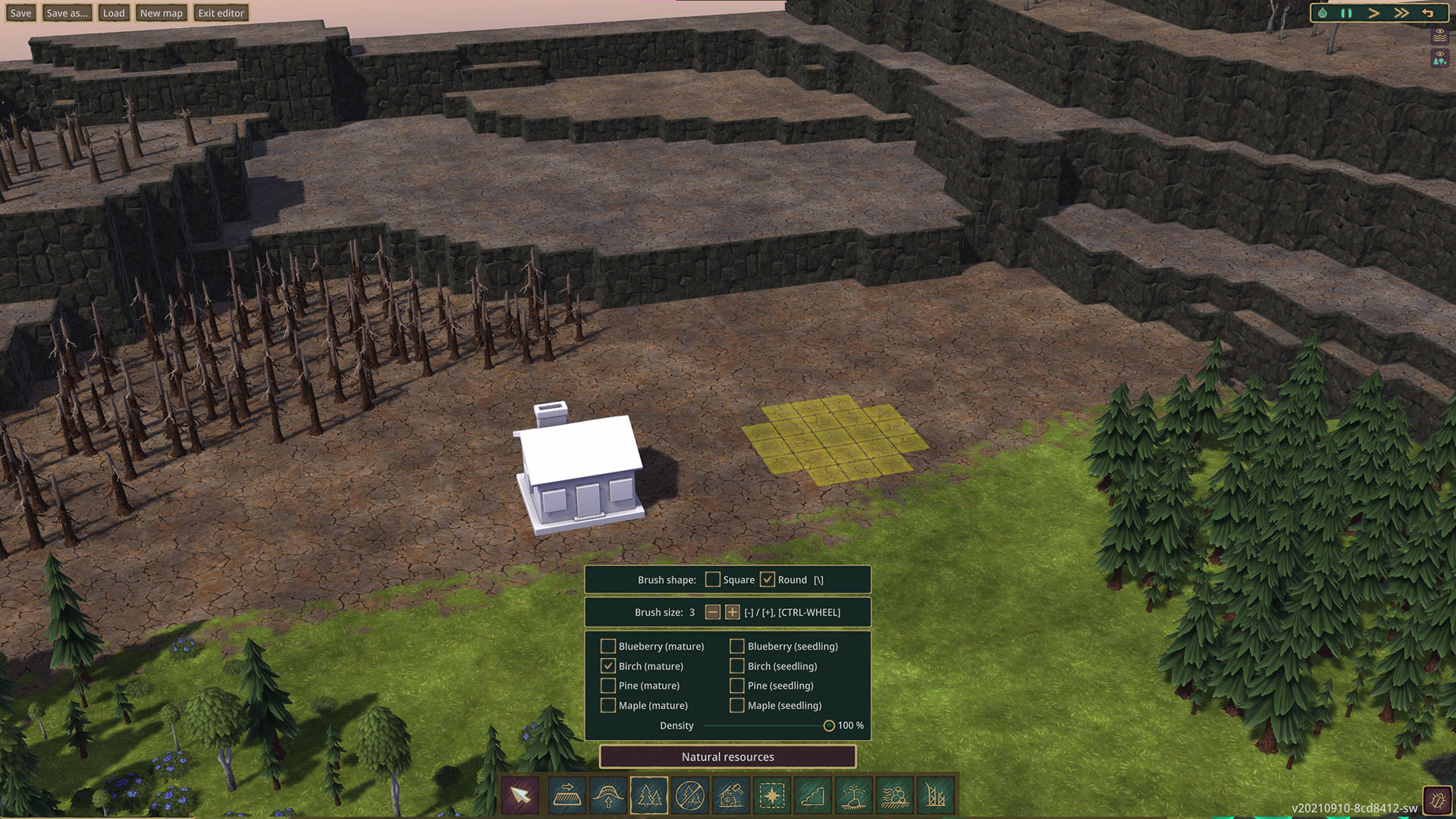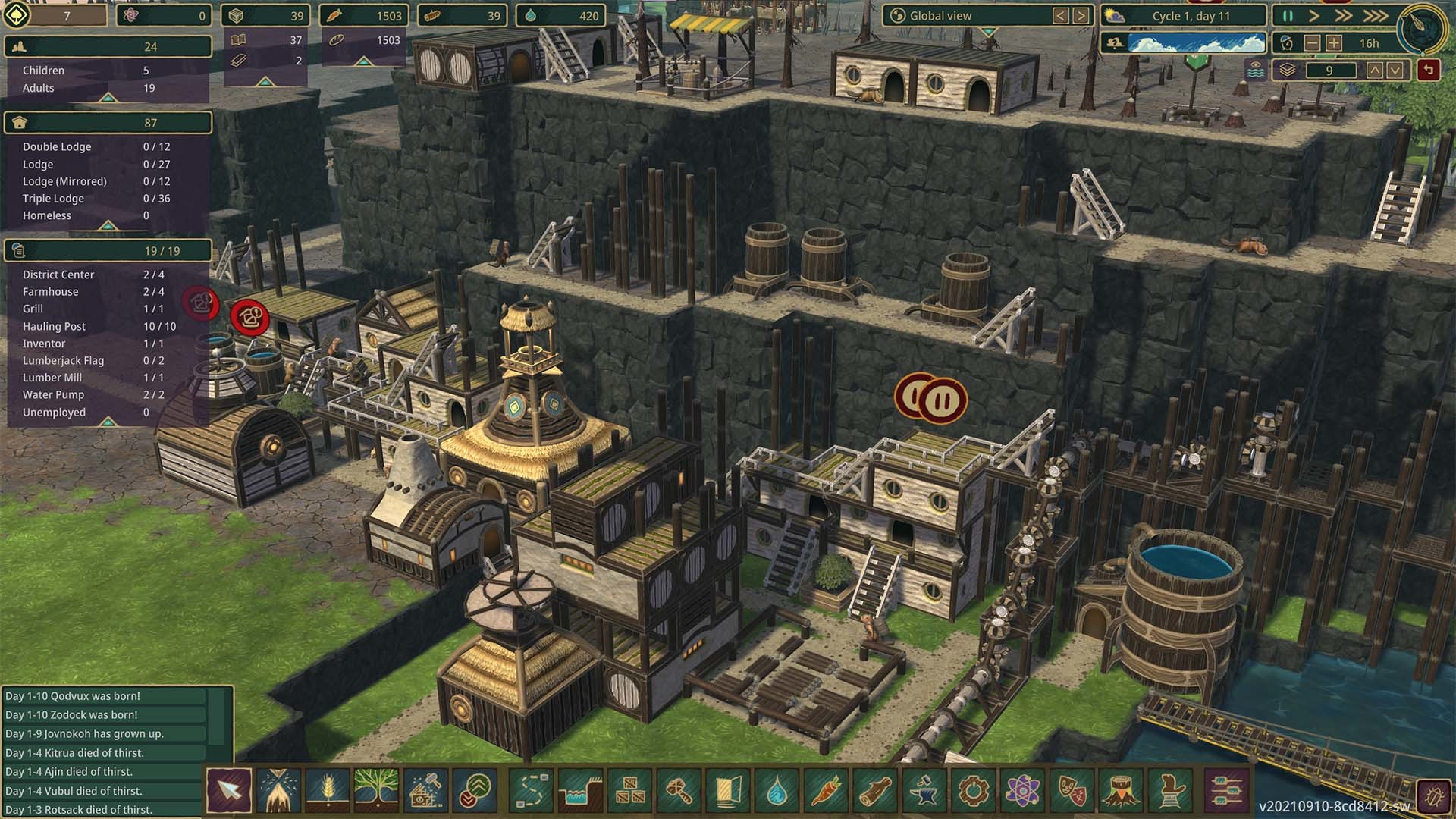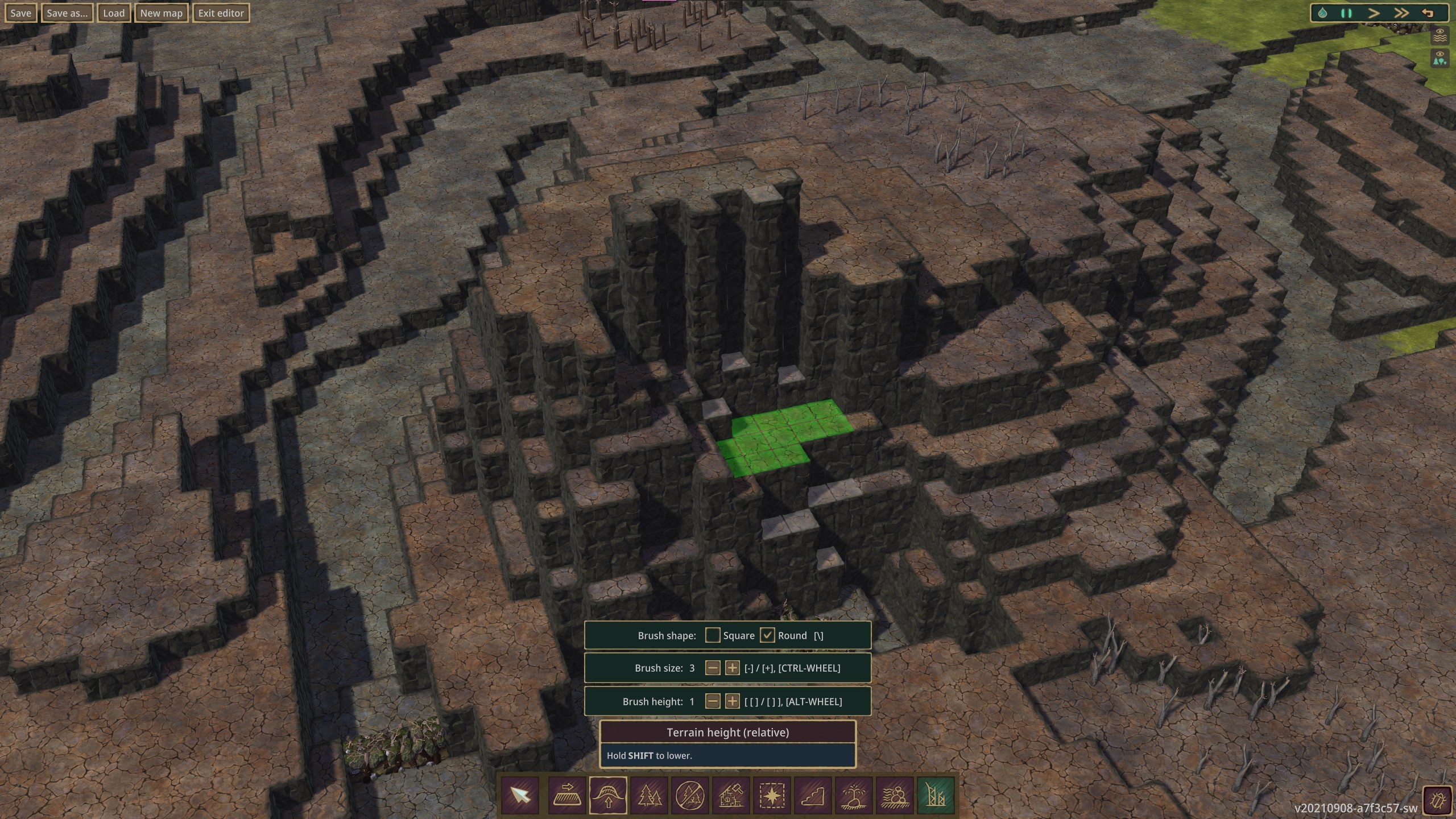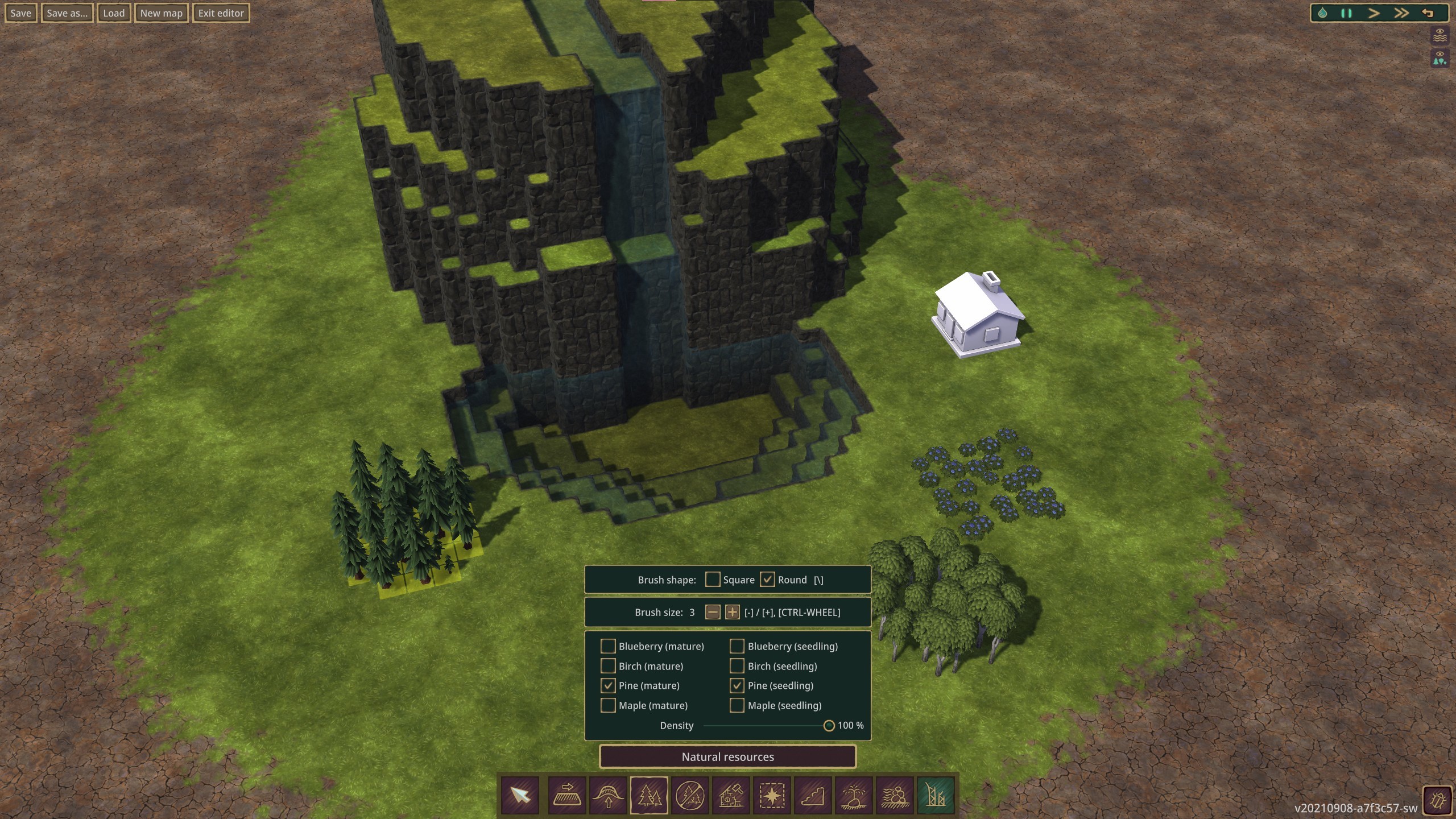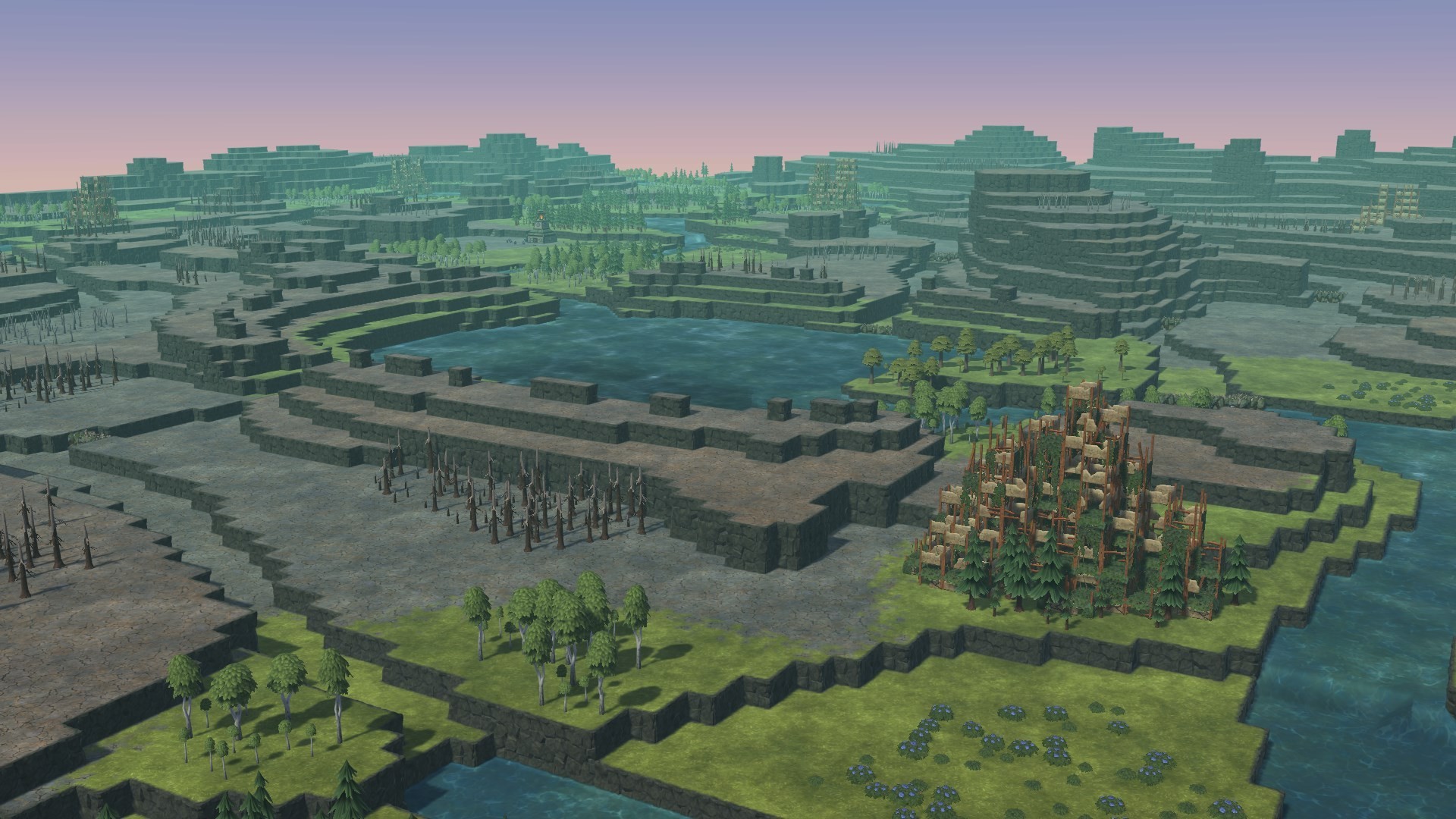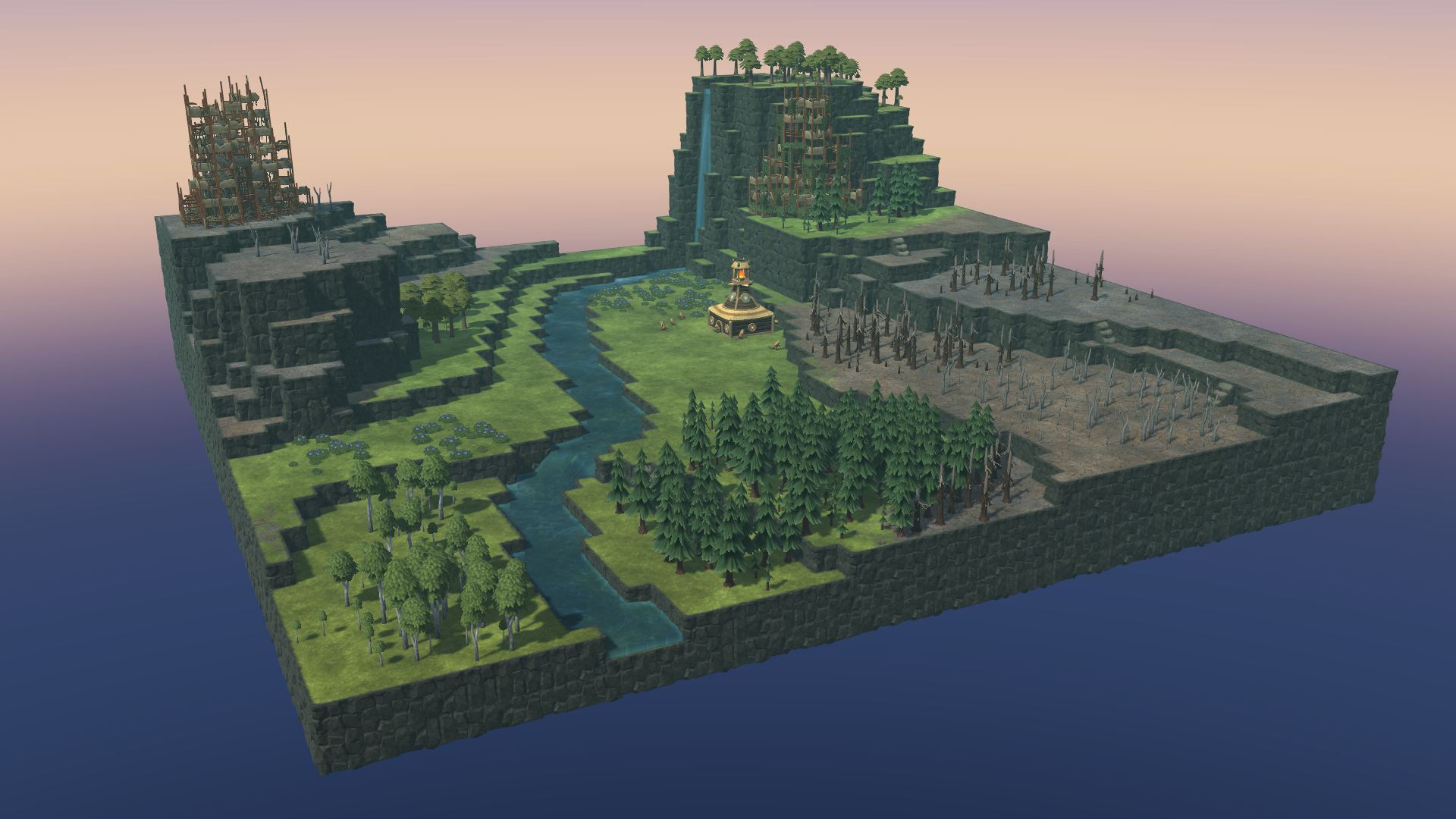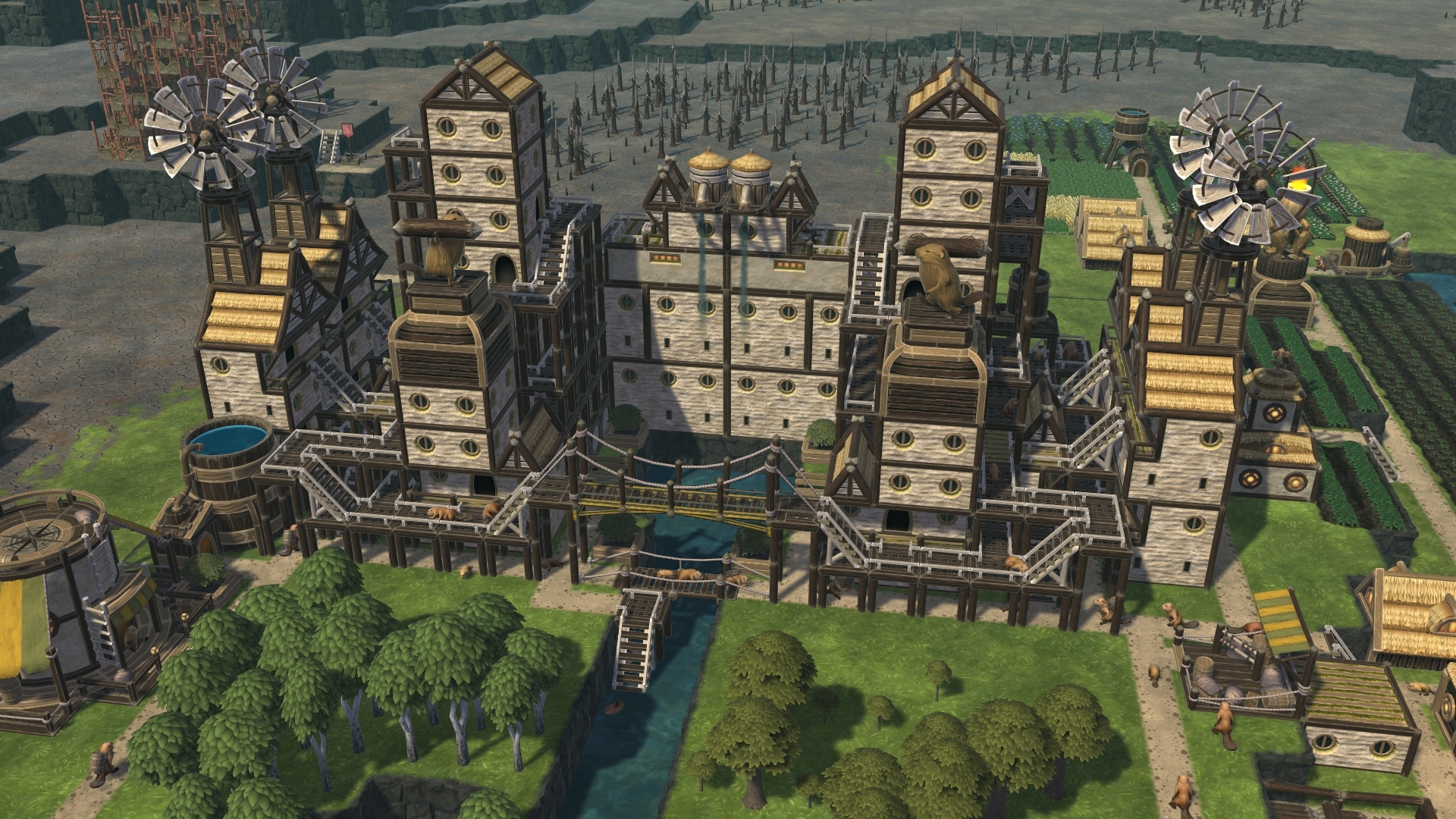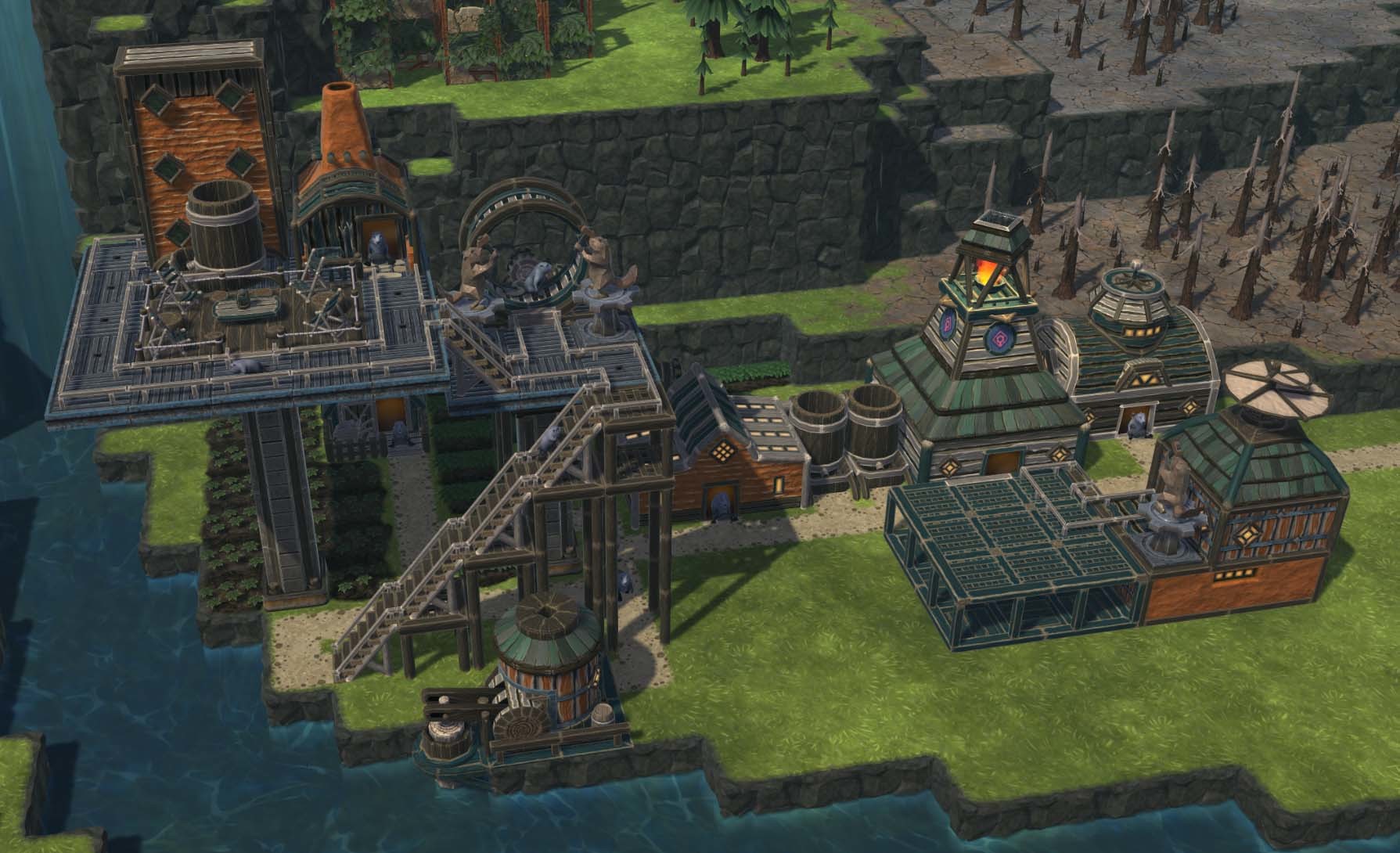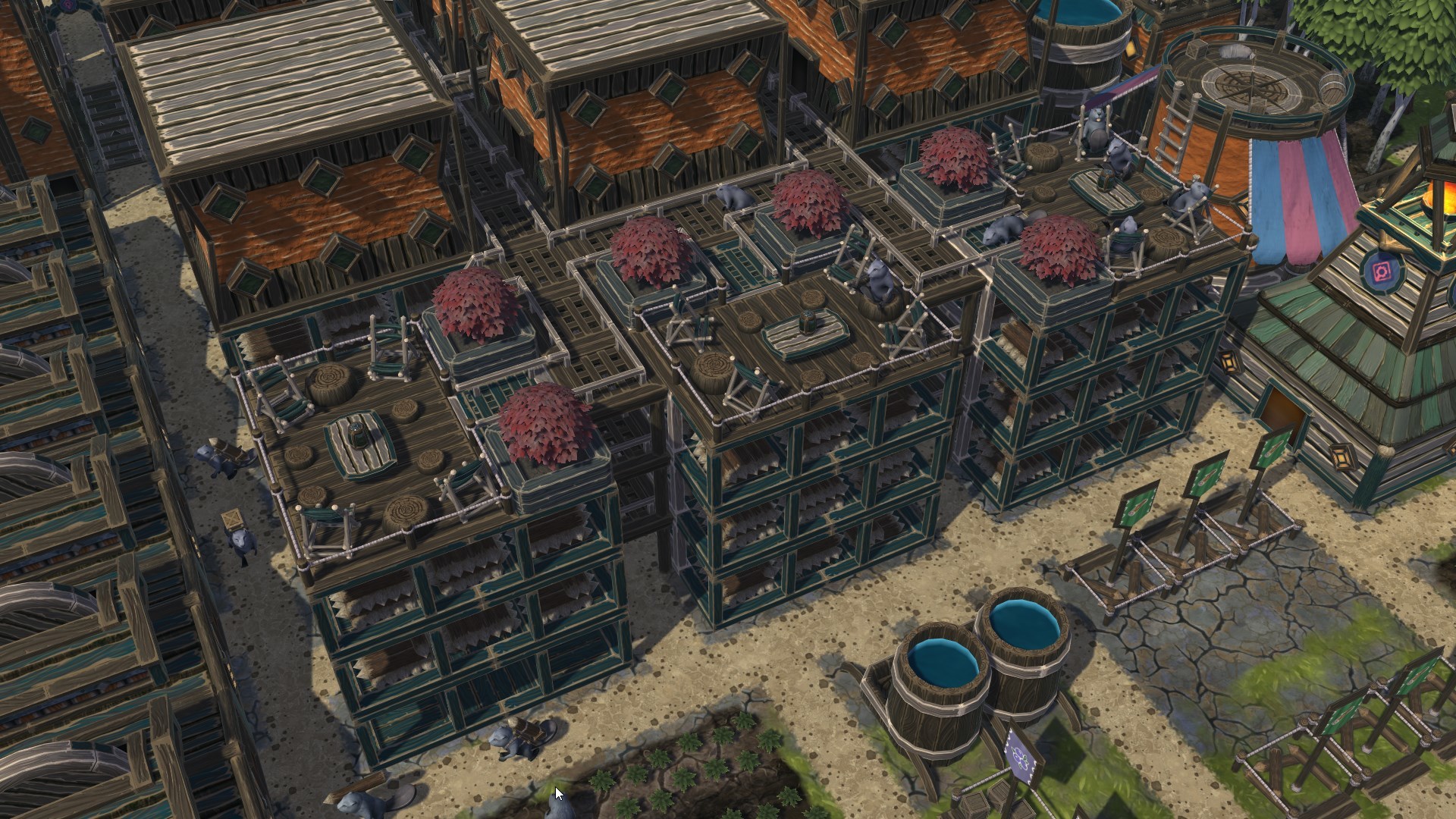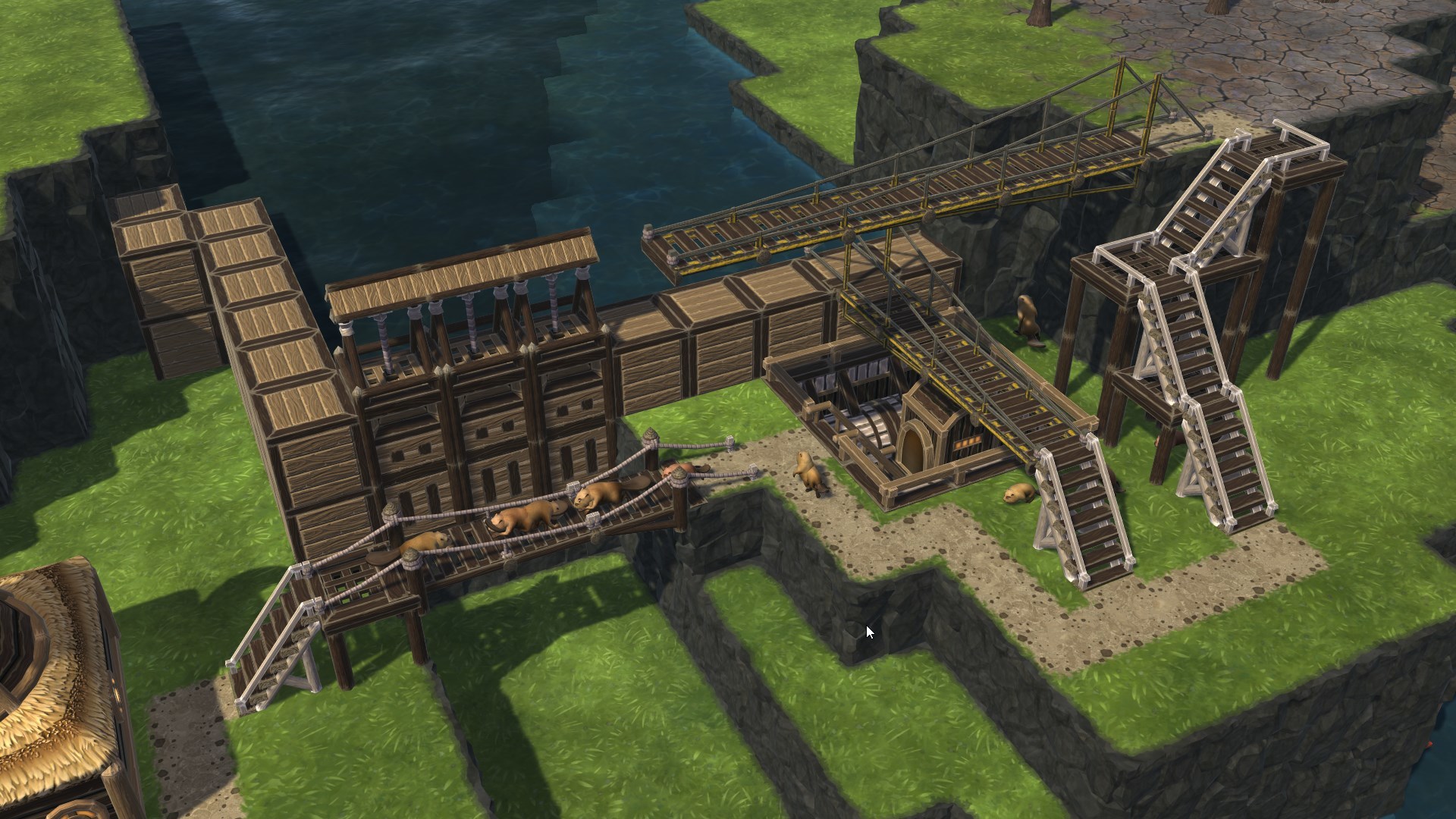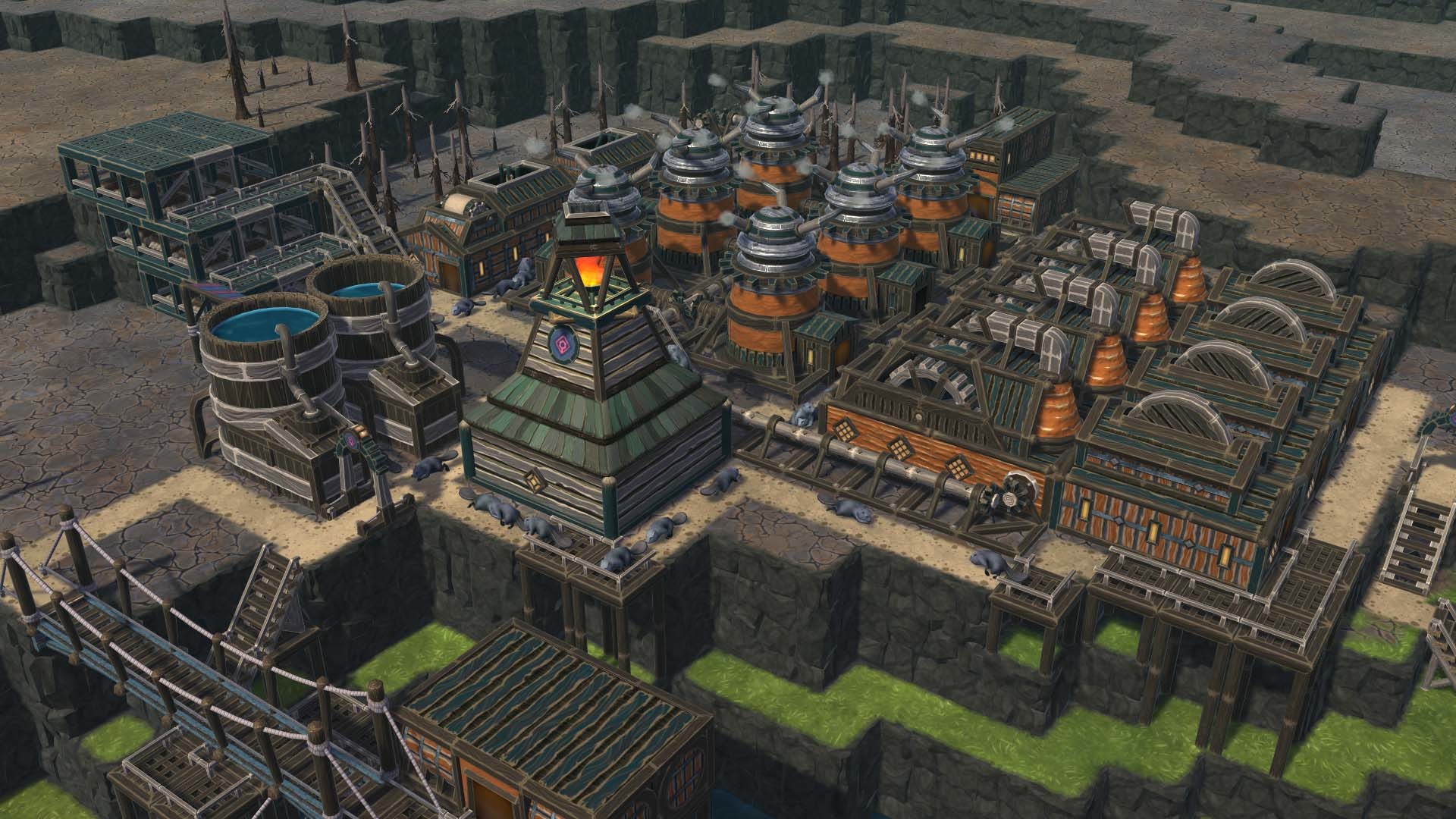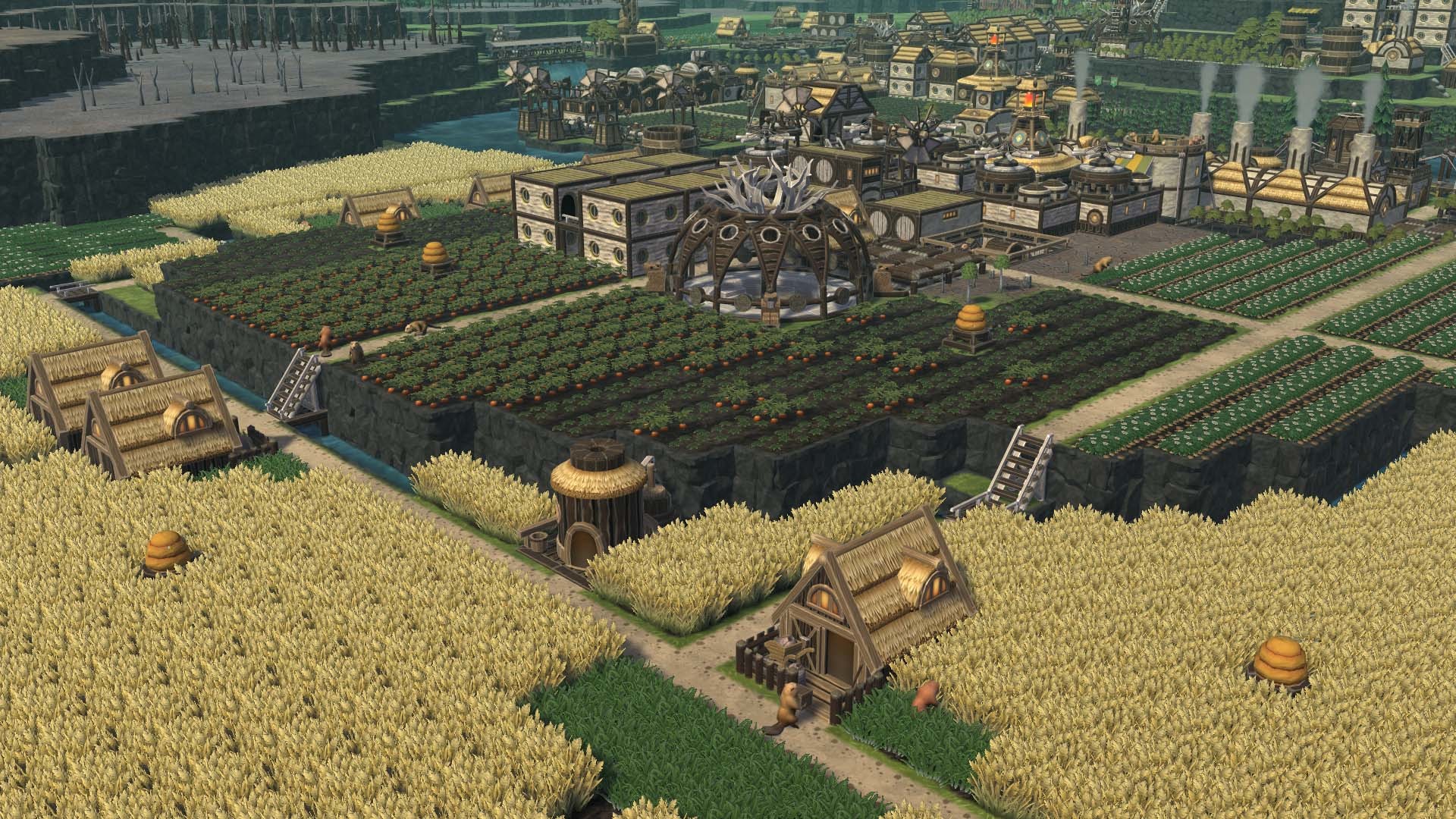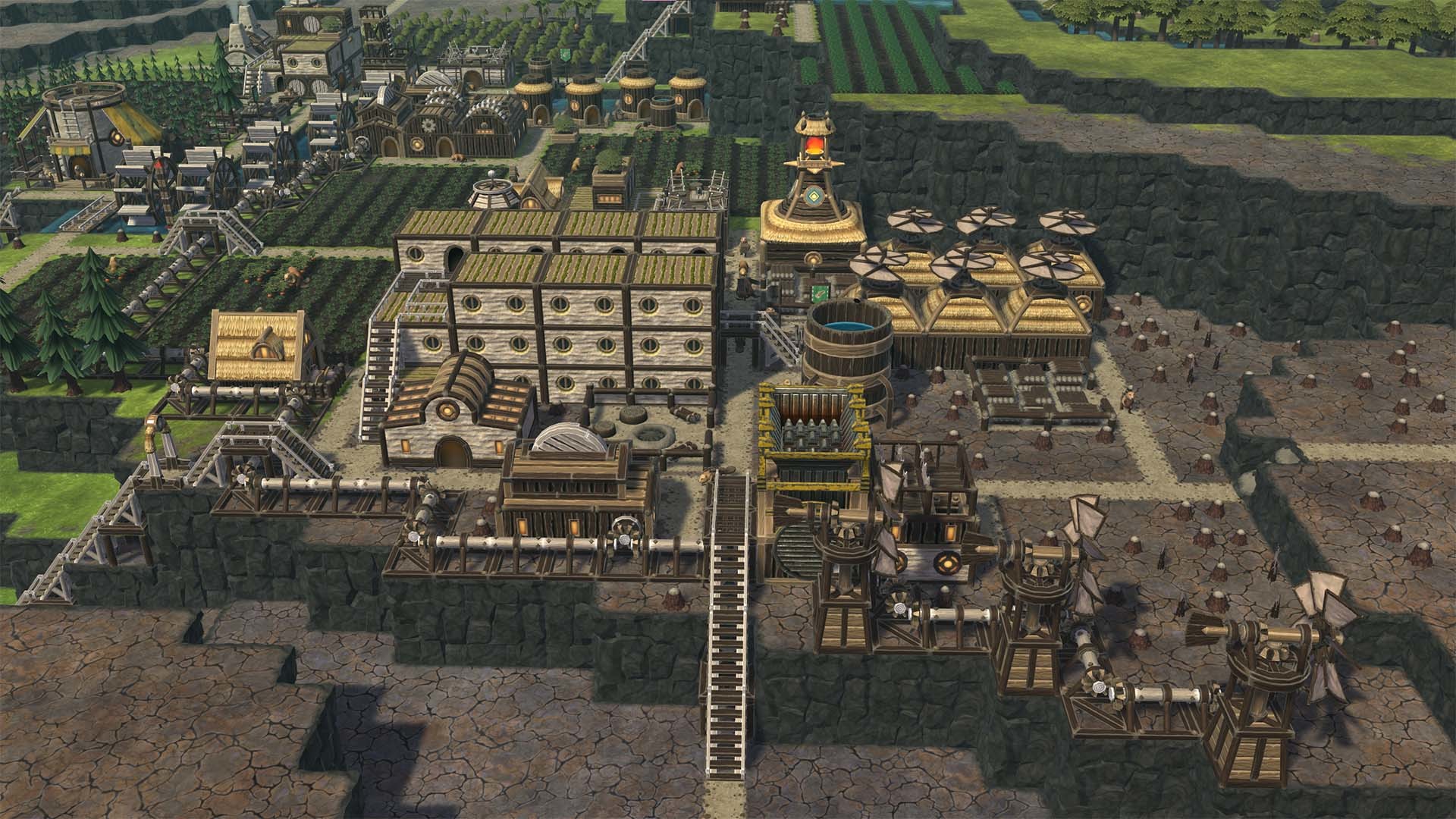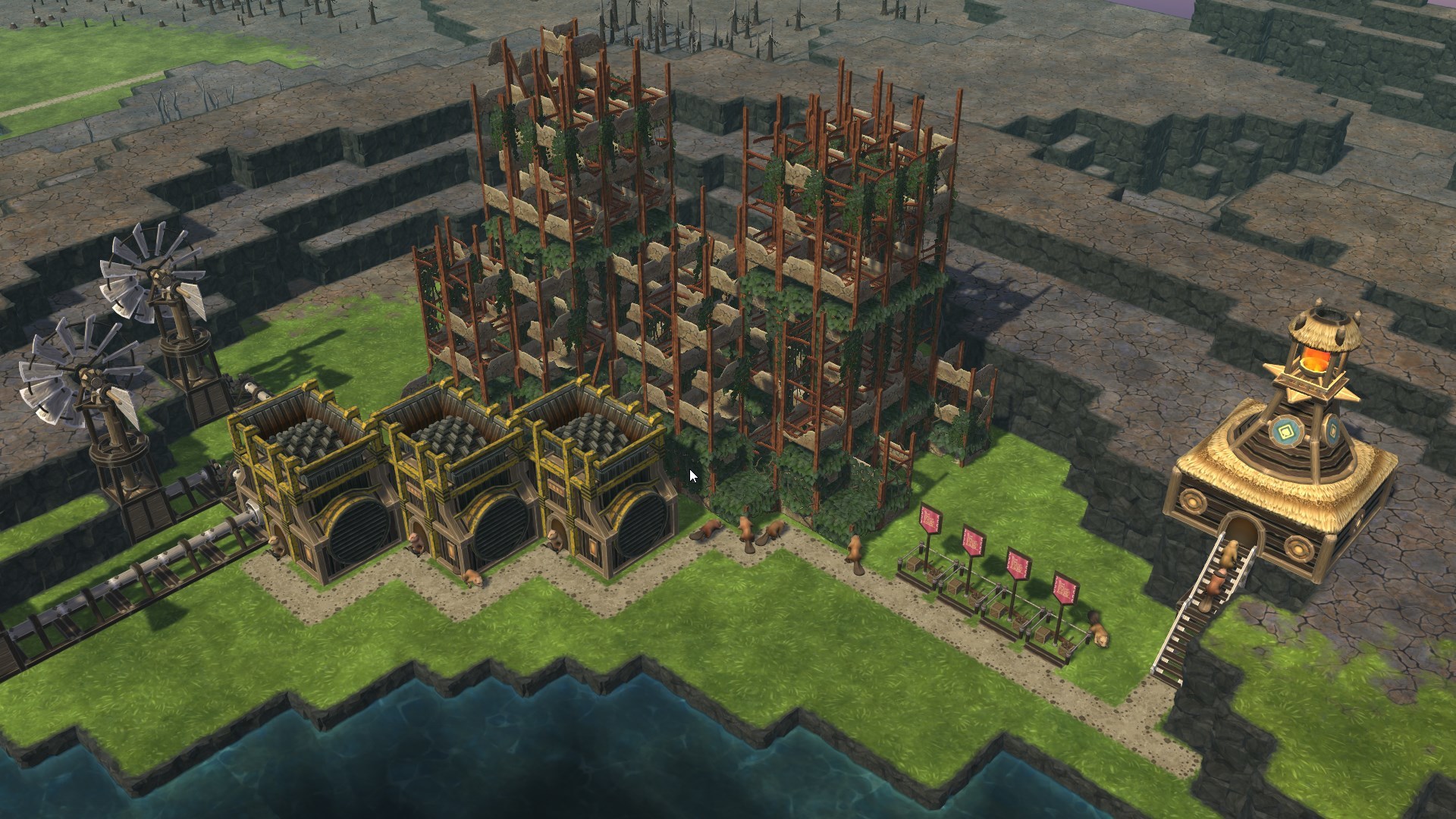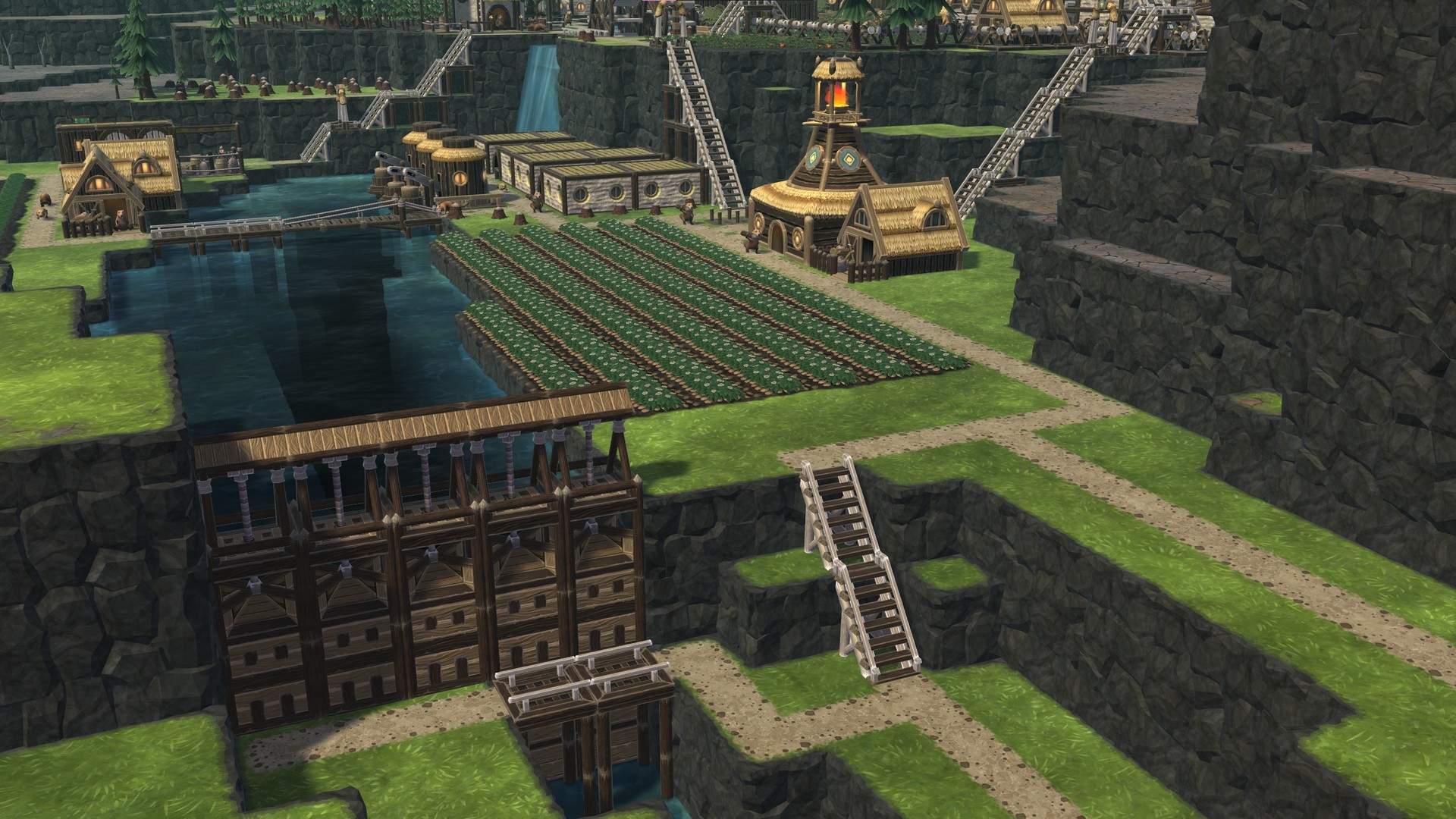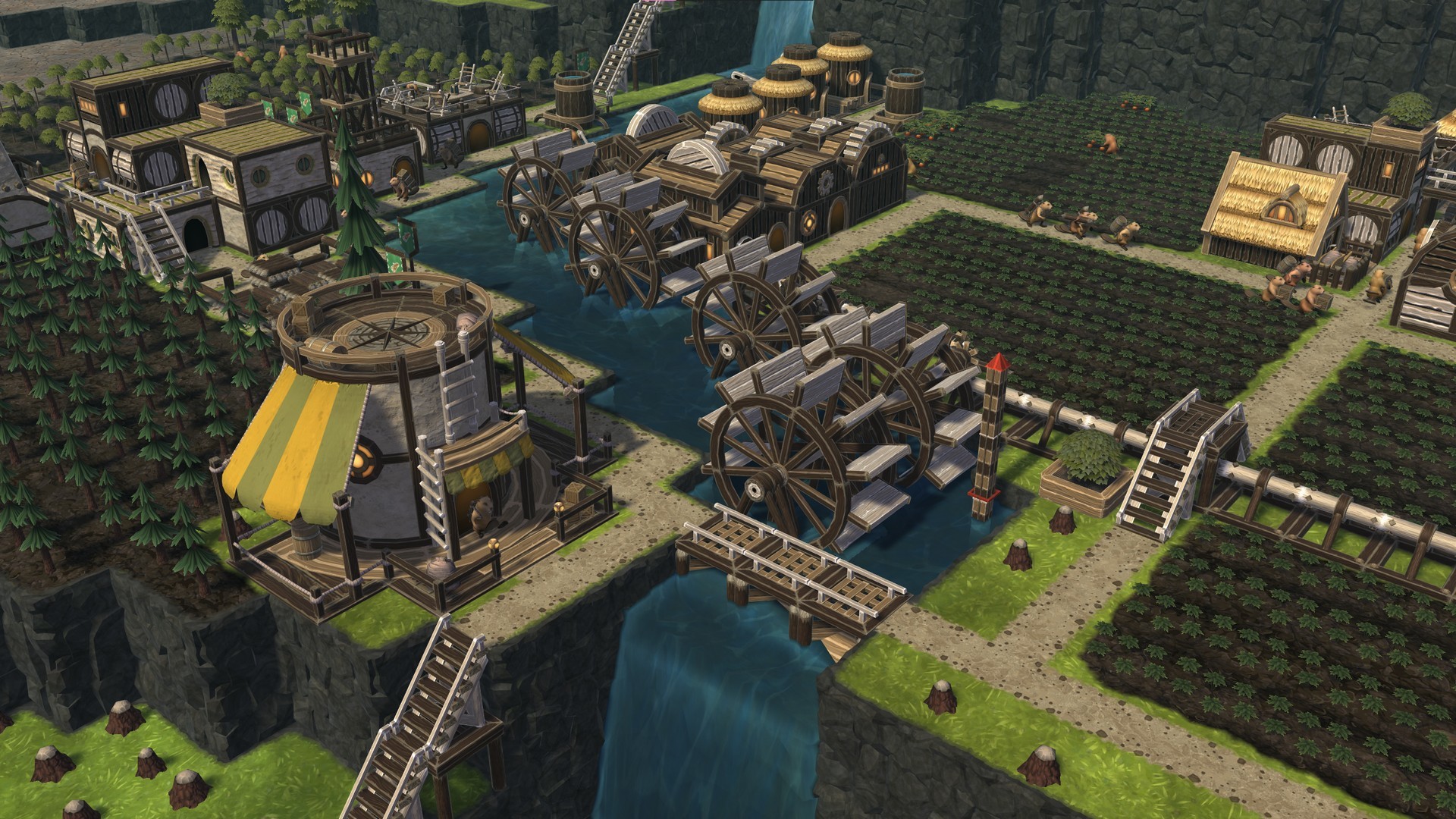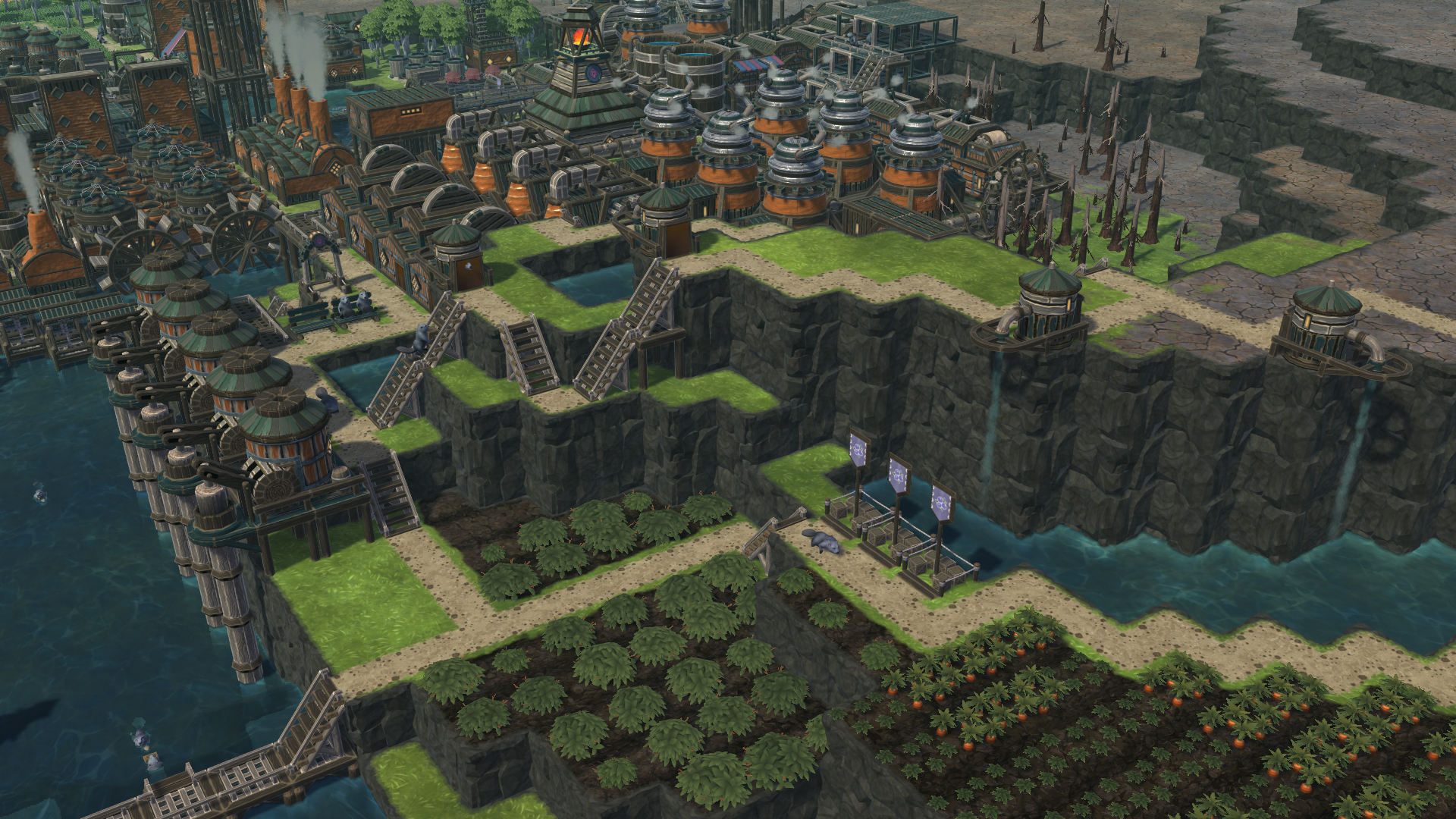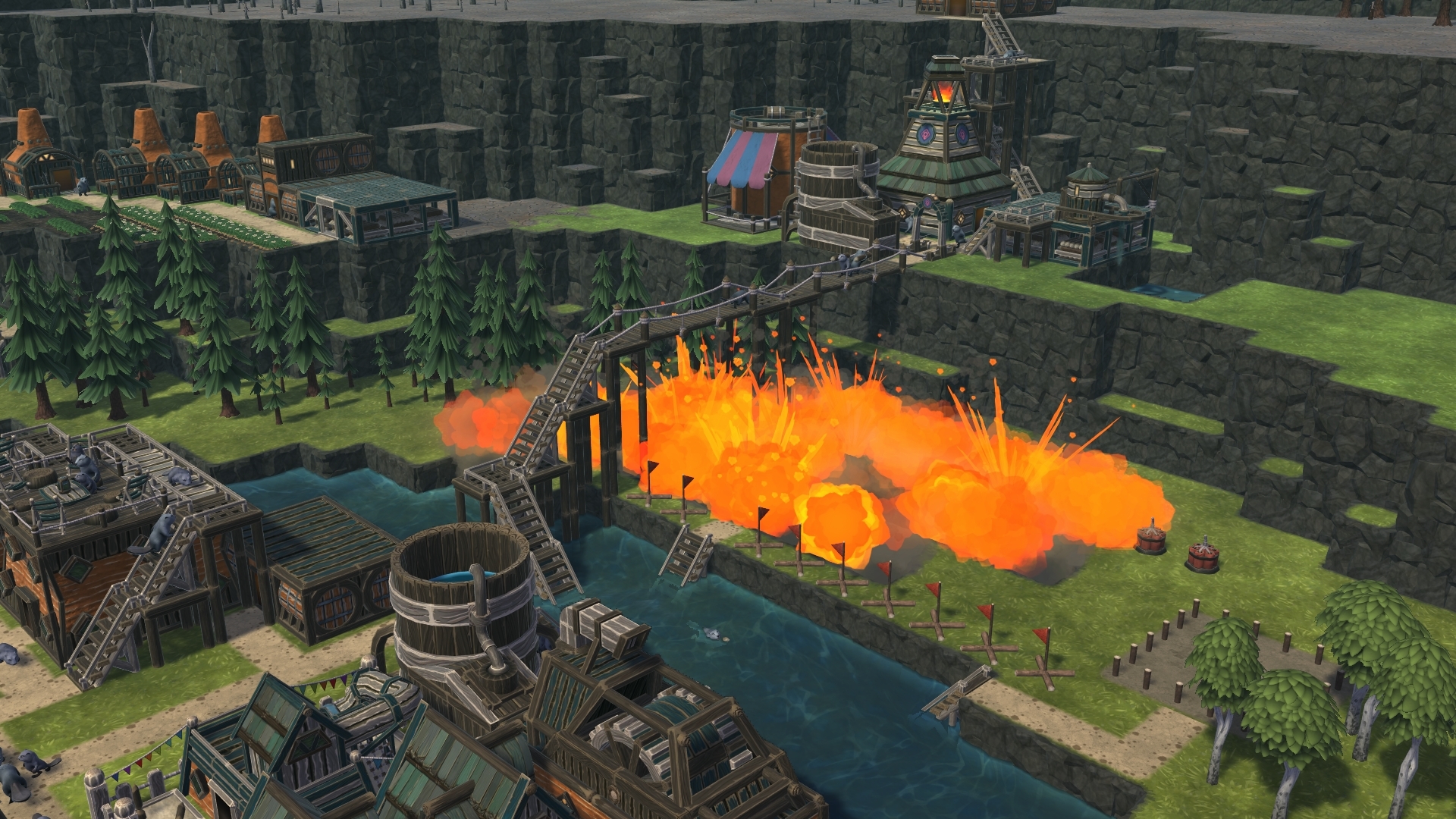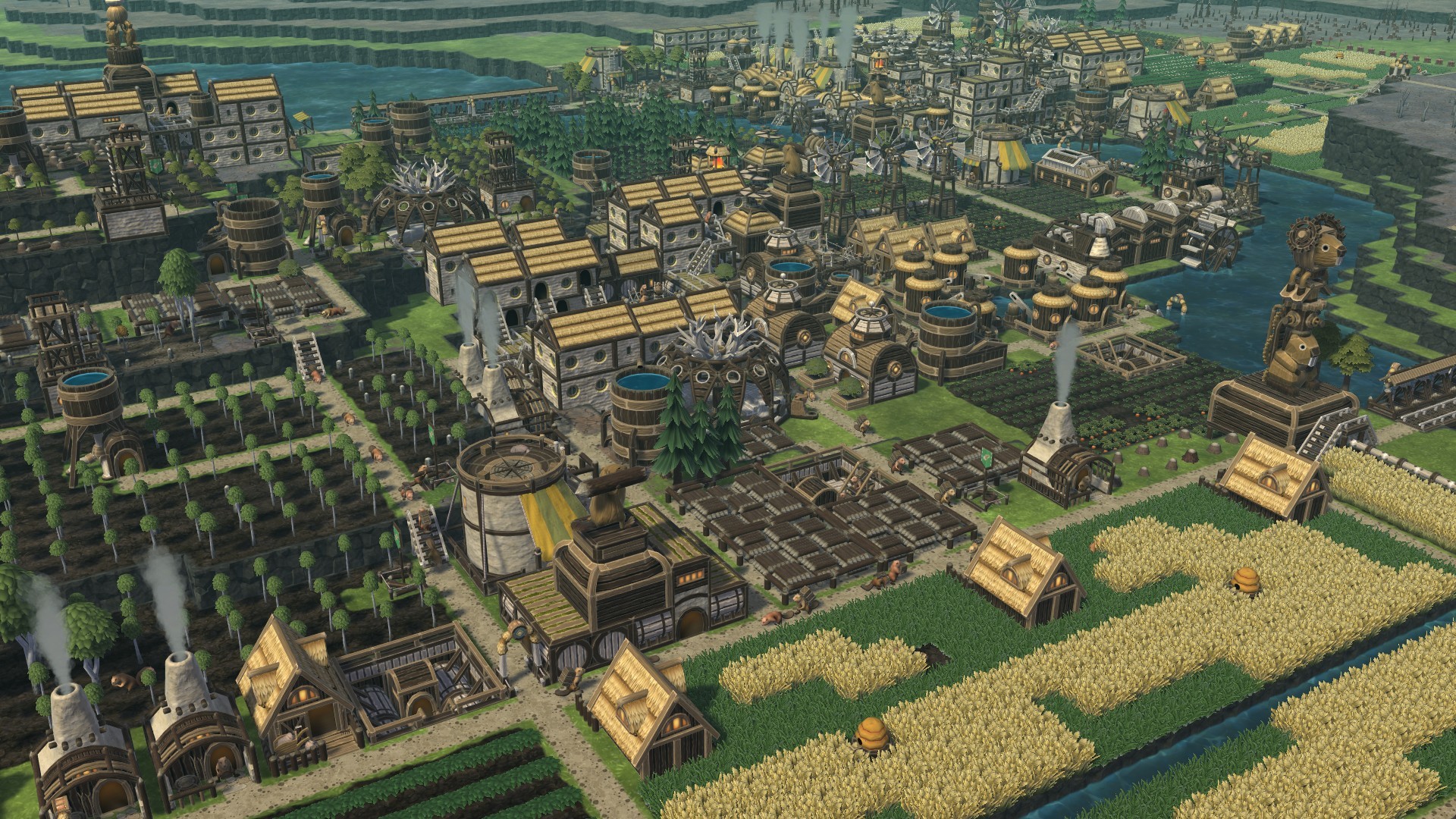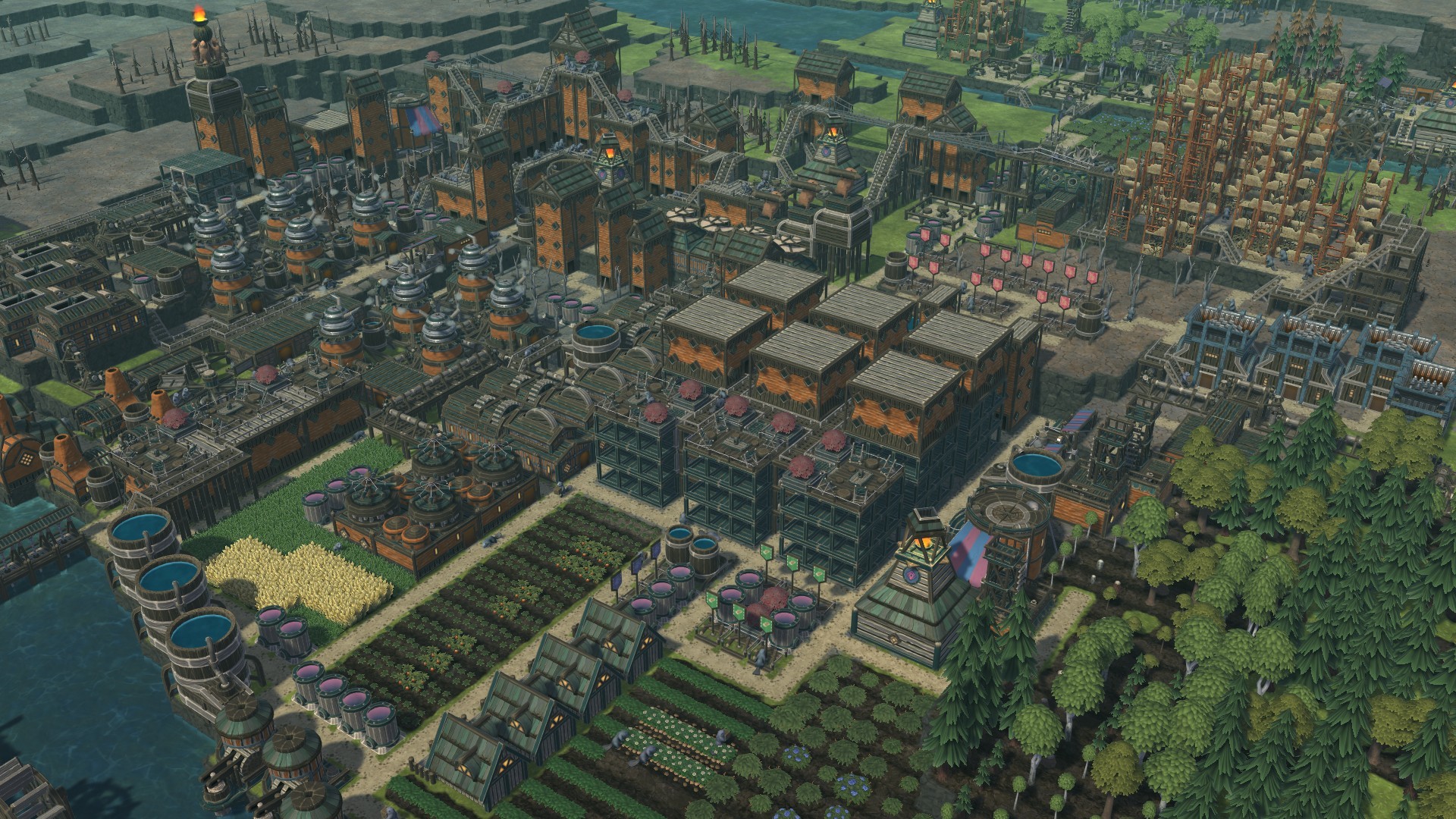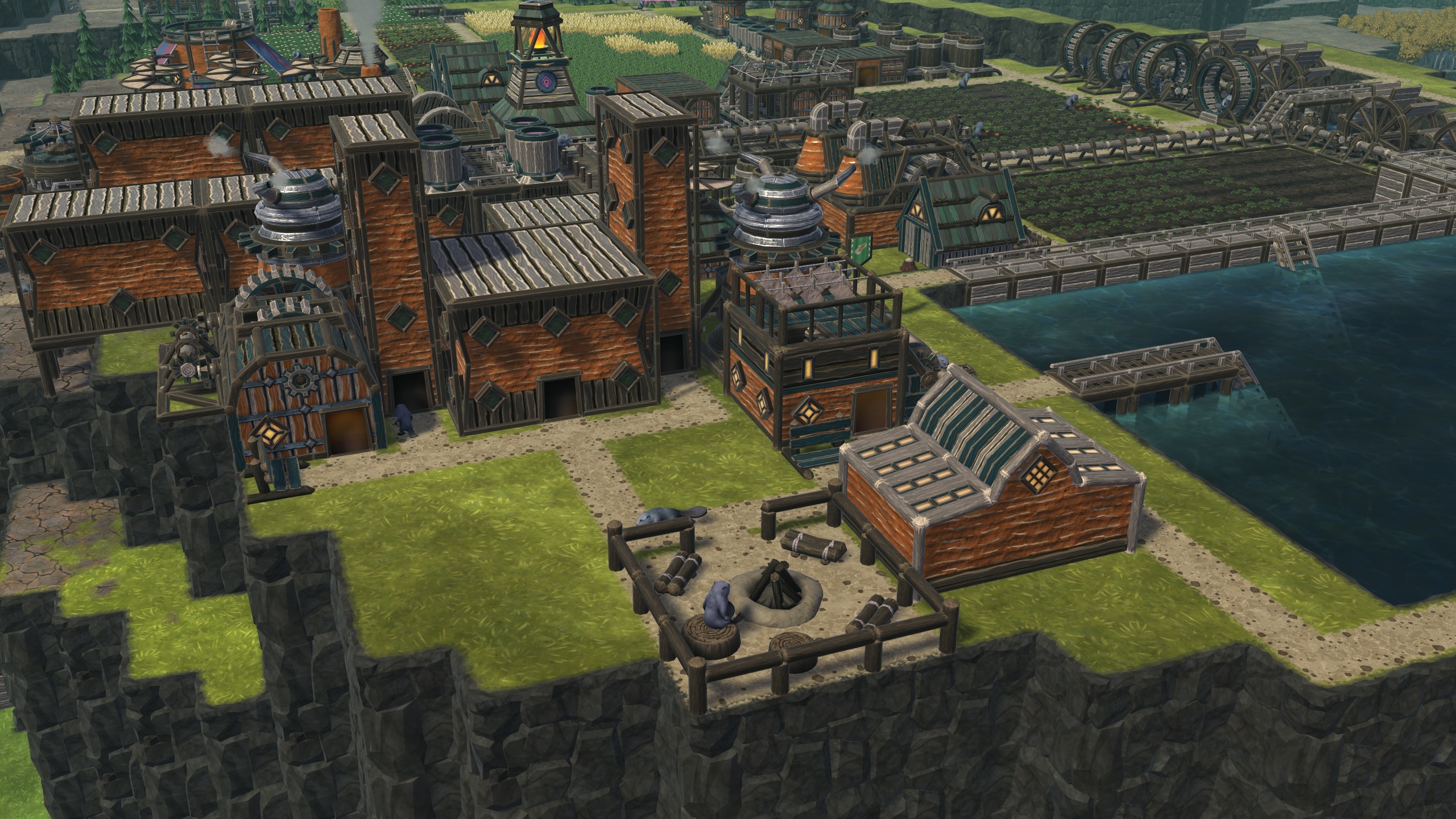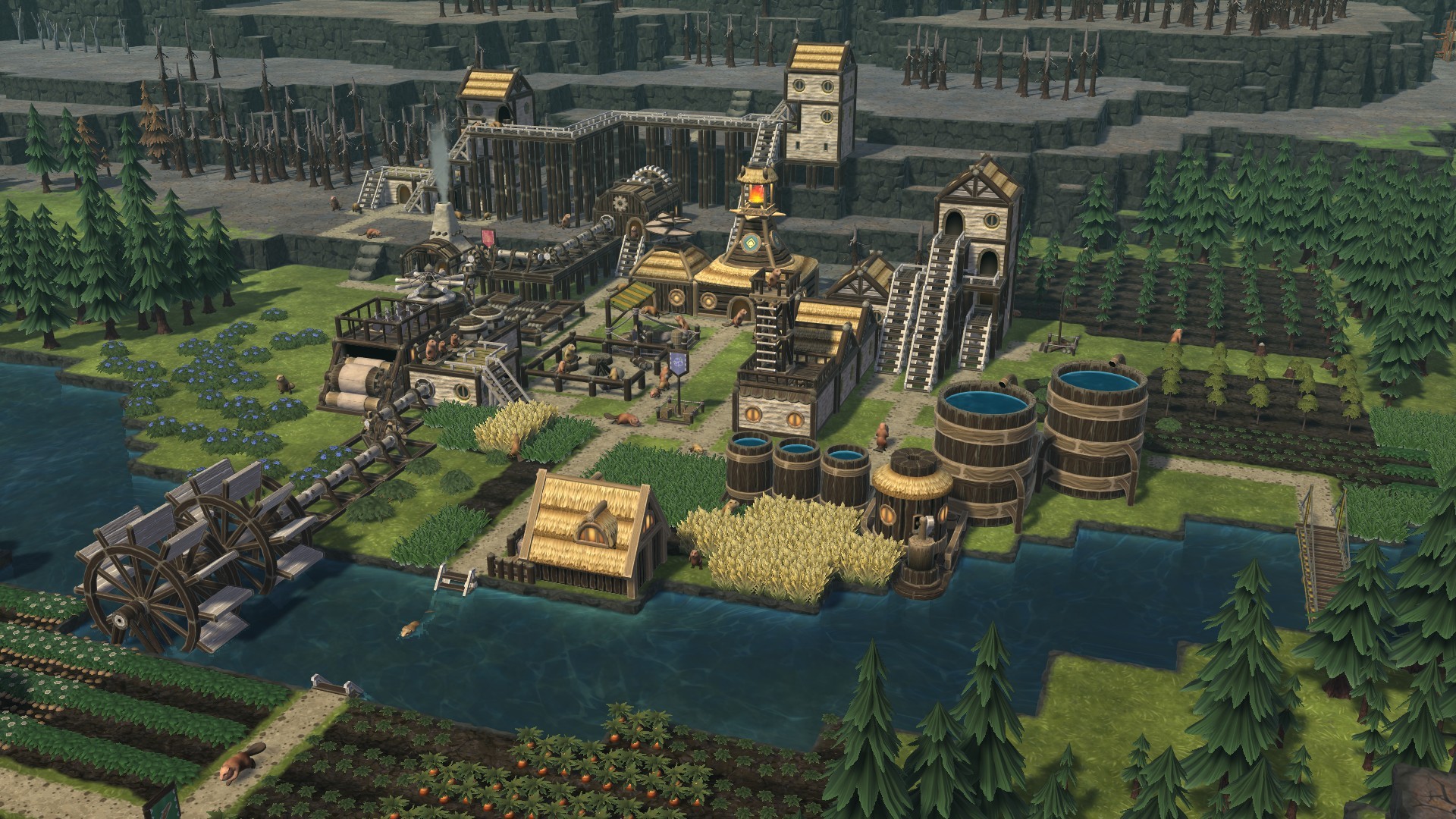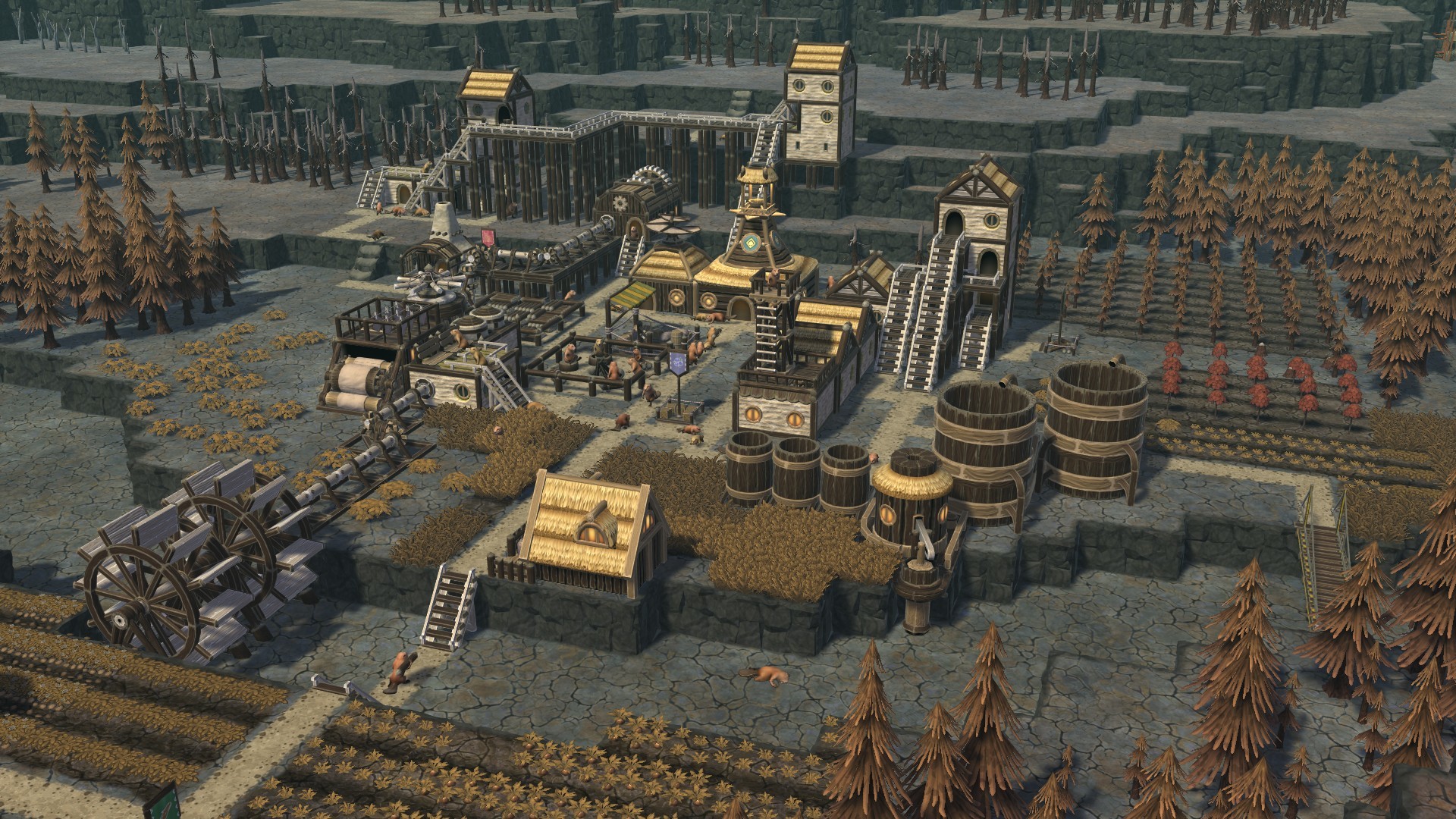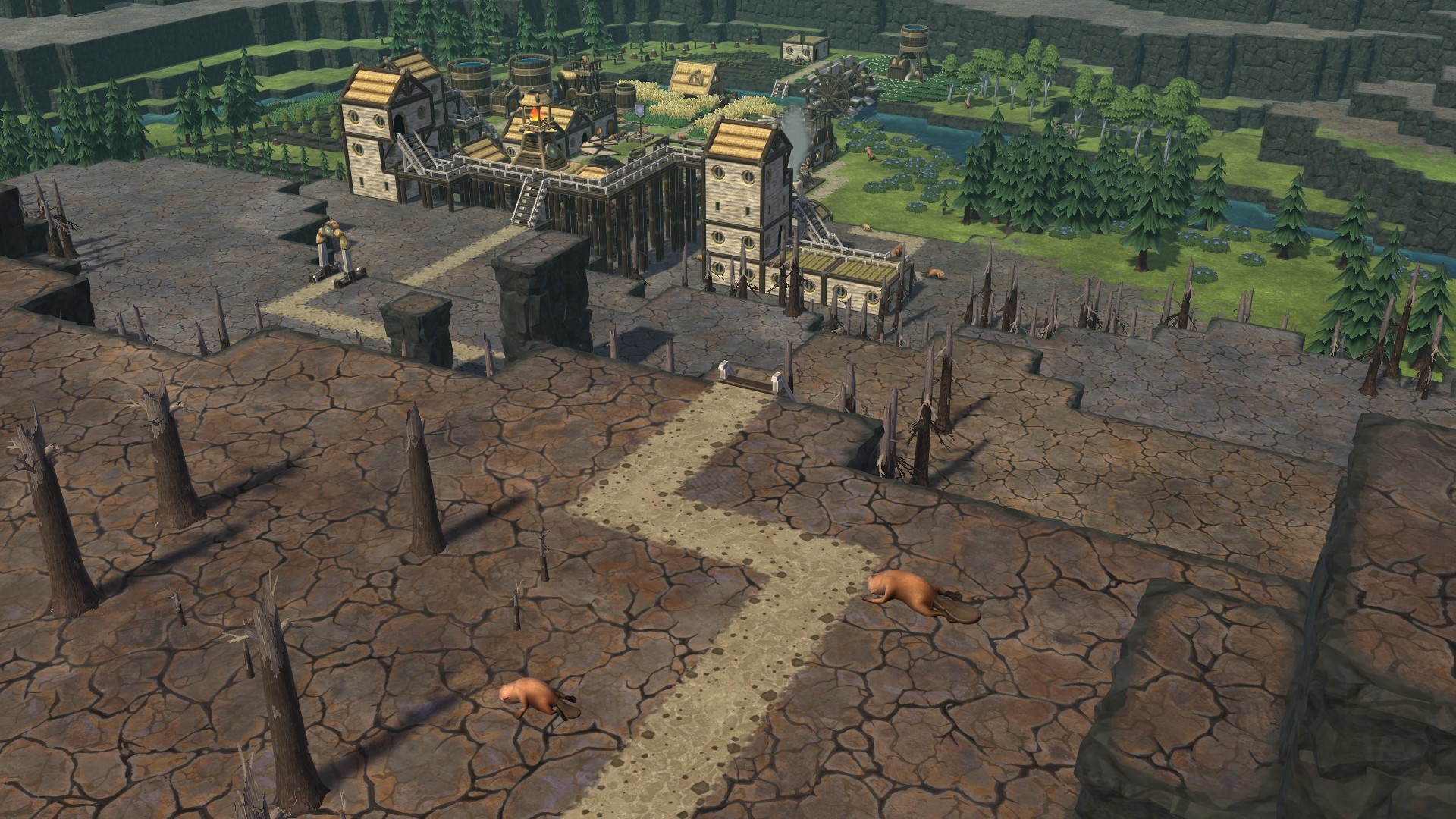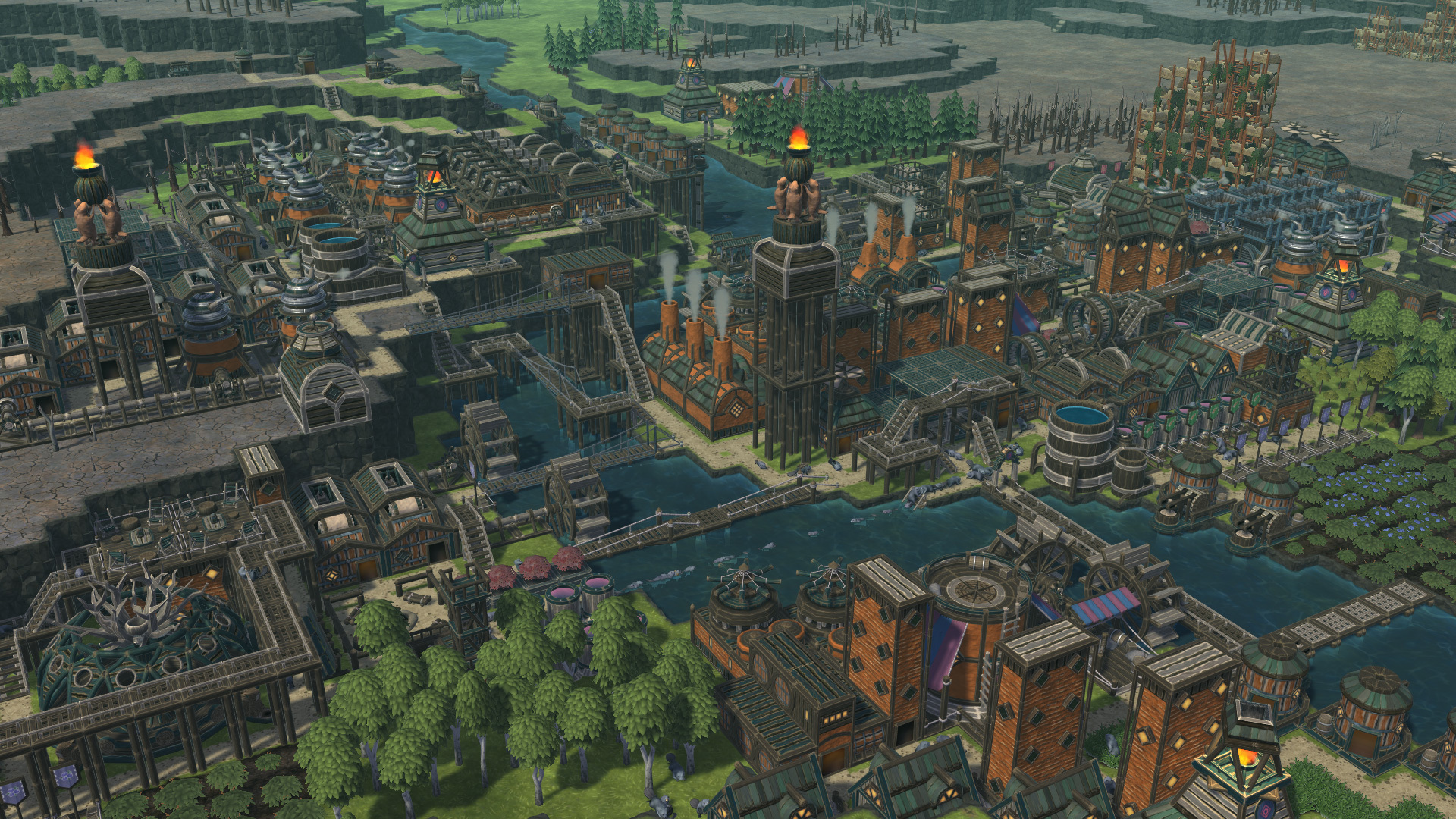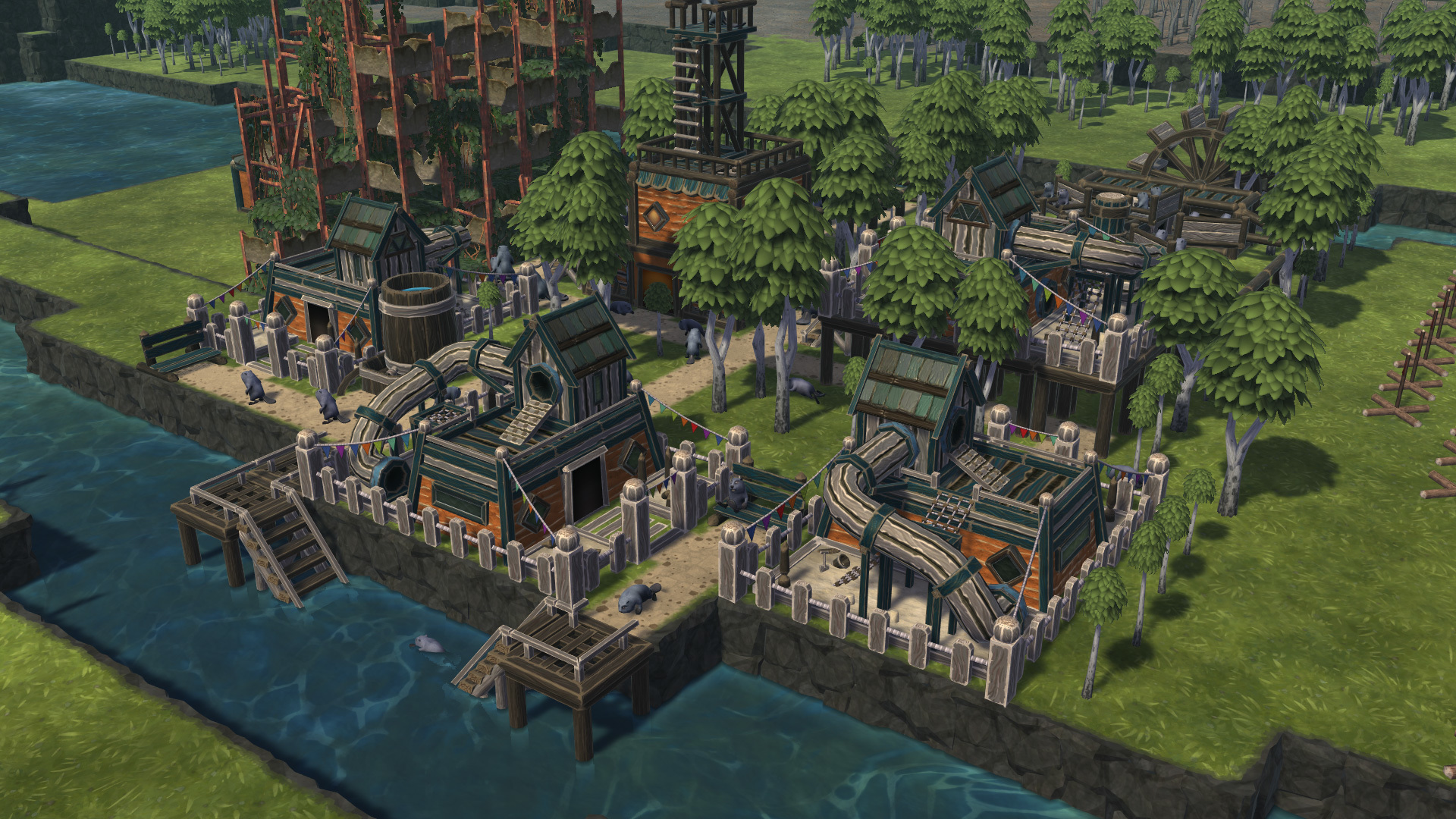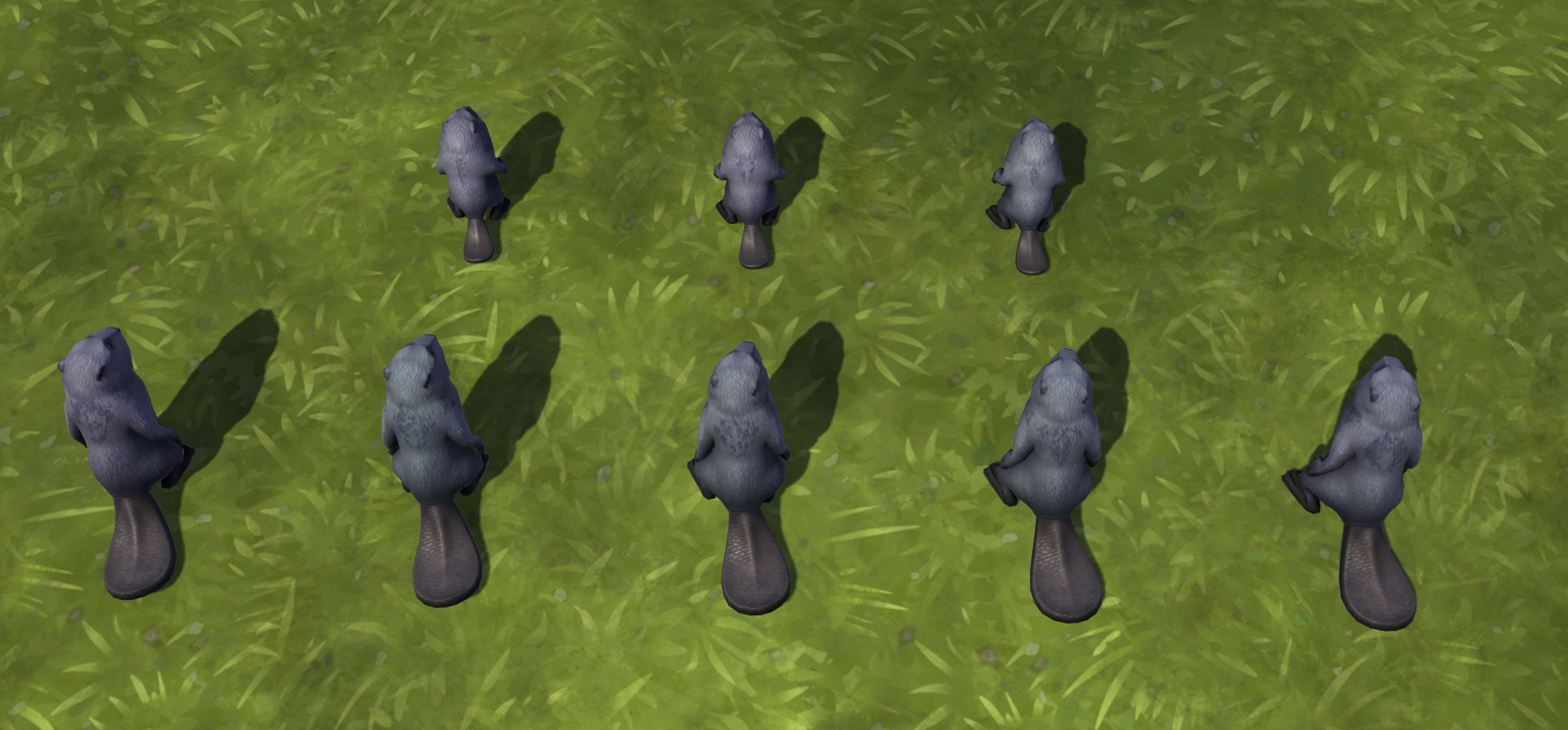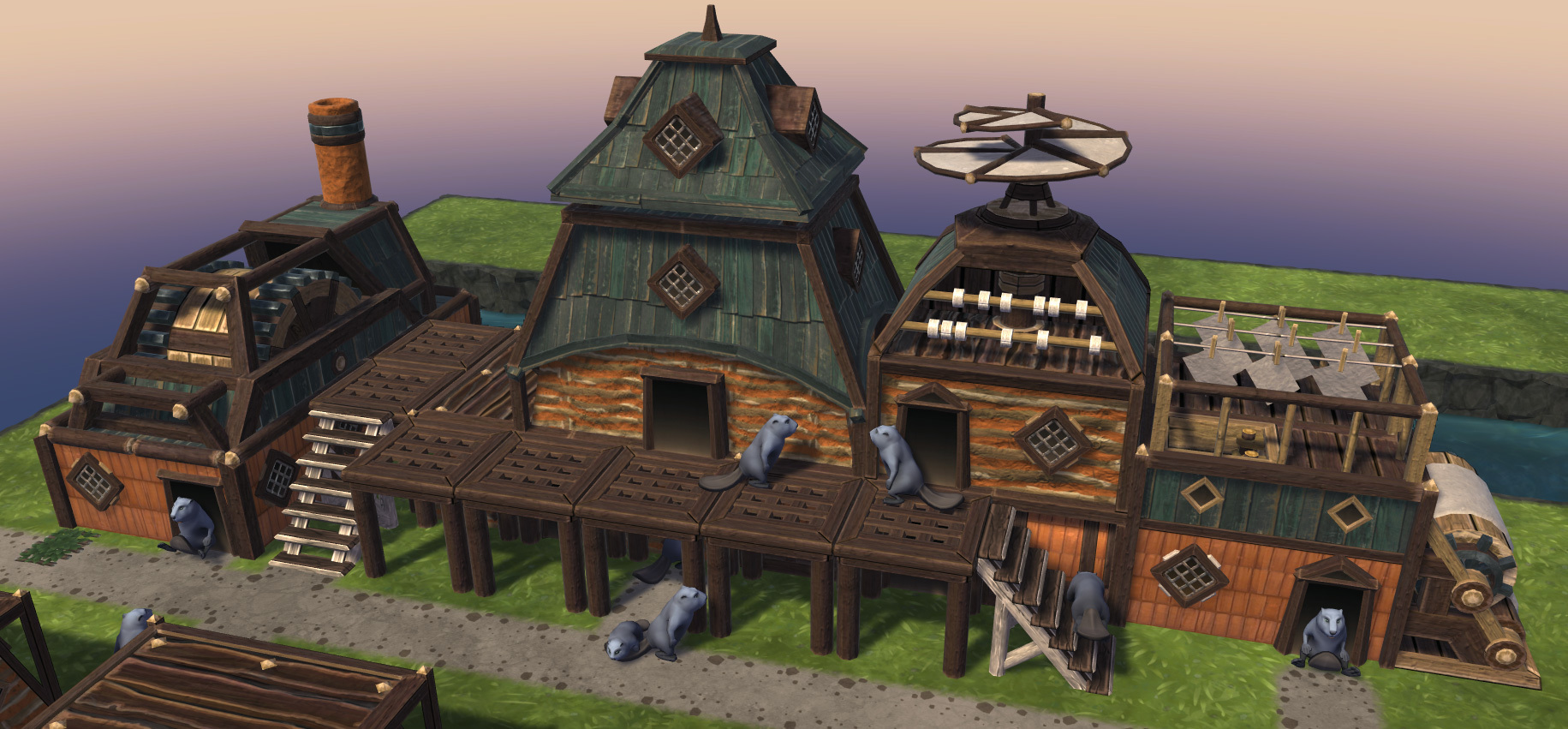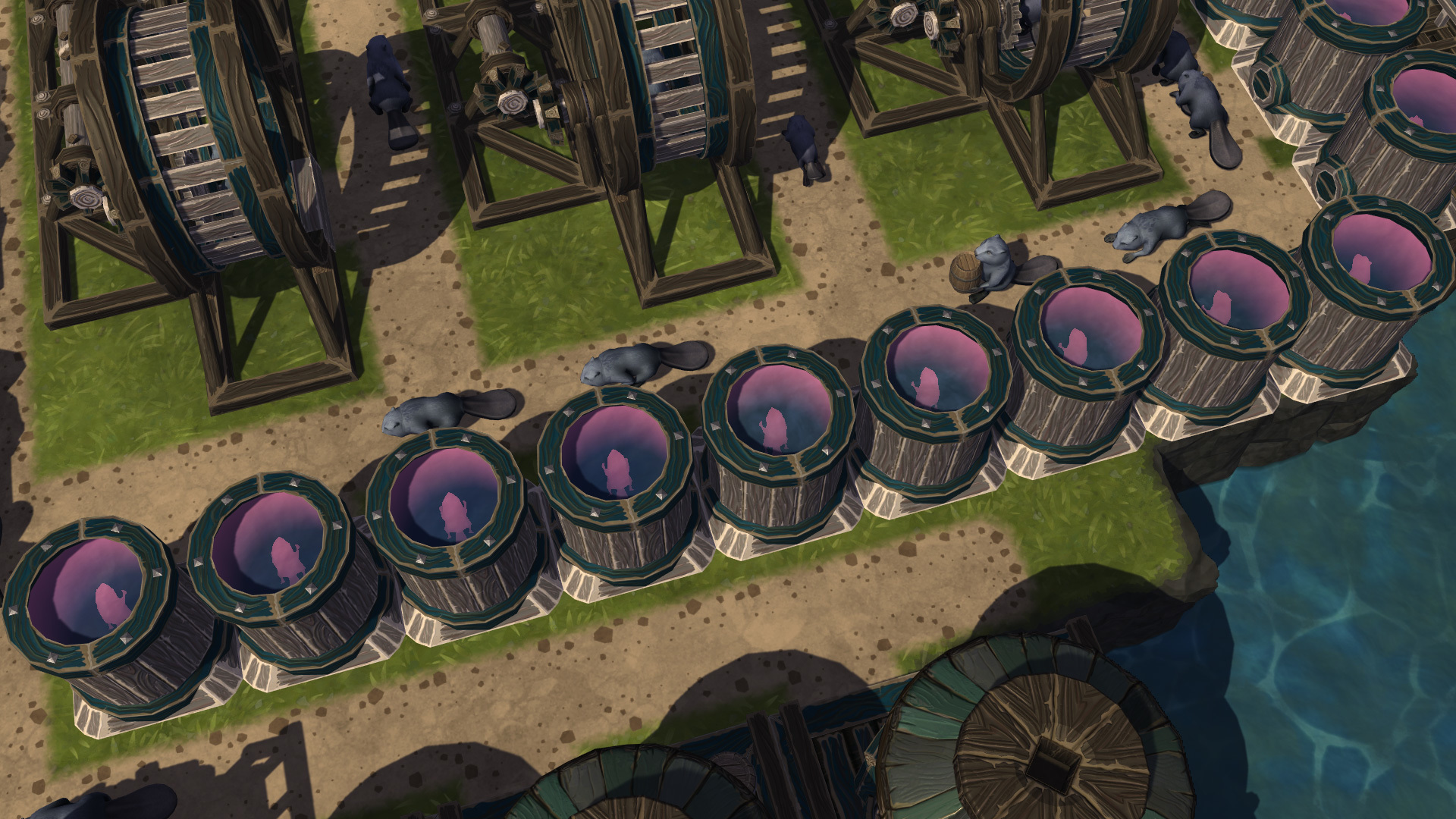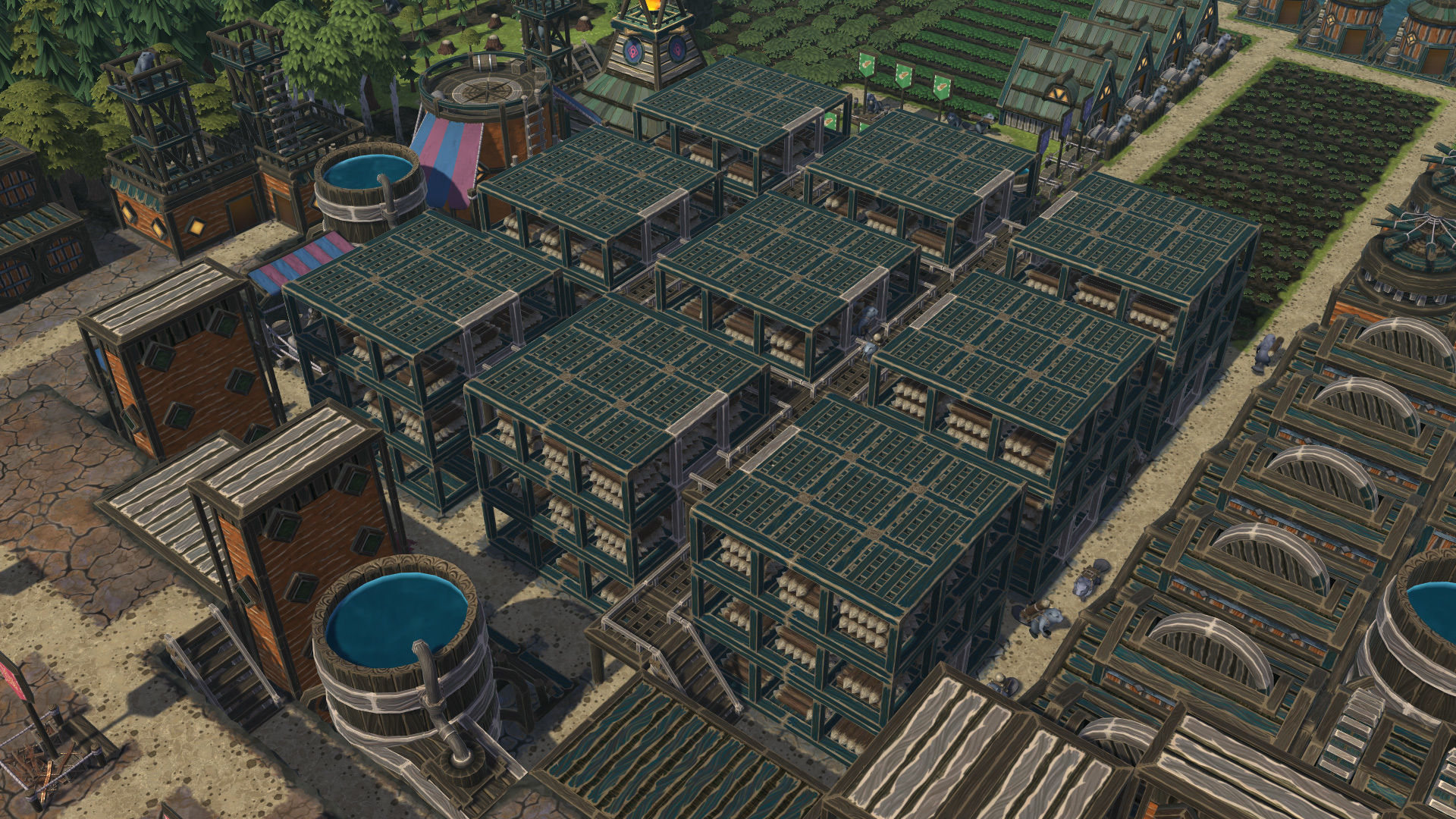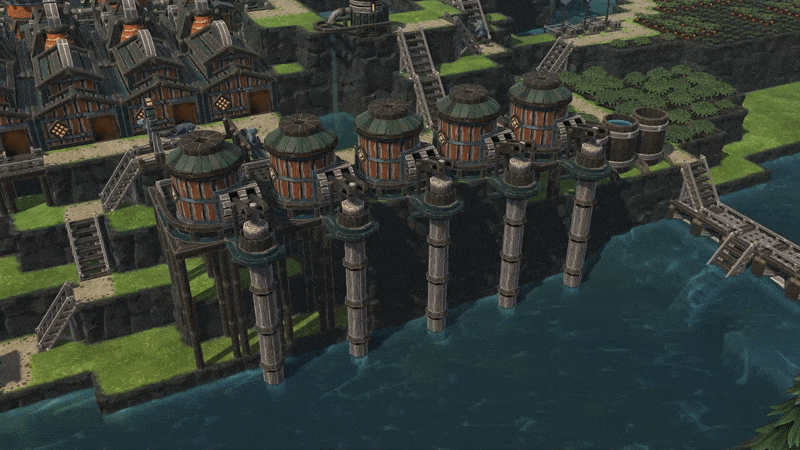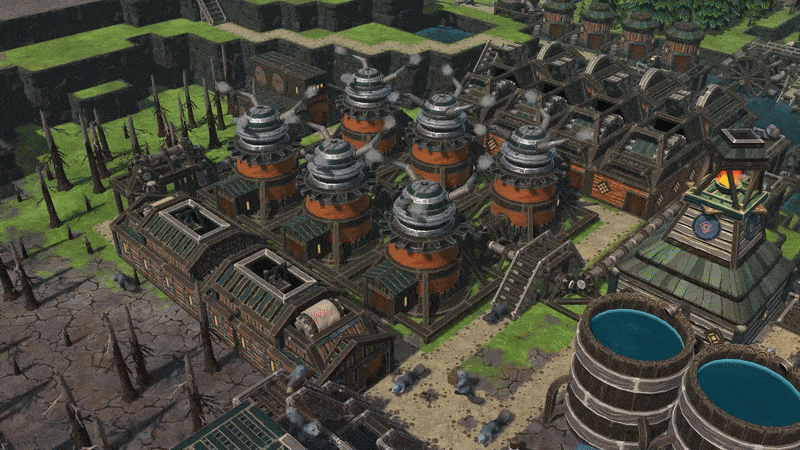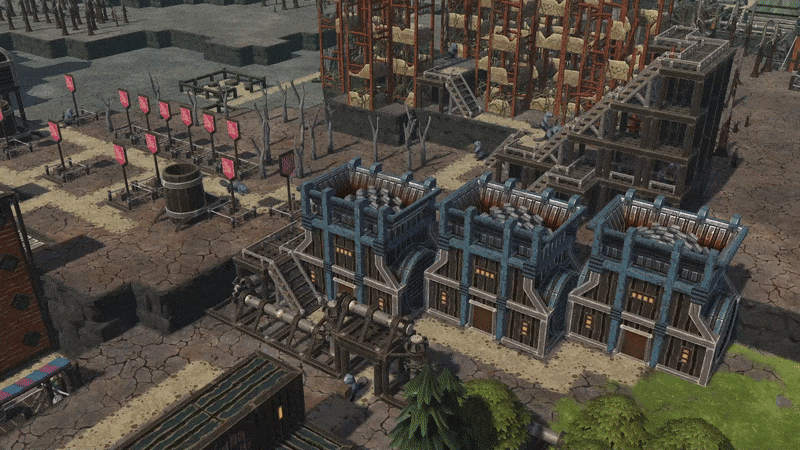
Sep 15, 2021
Timberborn - Miami_Mechanistry
Howdy!
The age of lumberpunk beavers begins today: Timberborn Early Access is now available!
This release was made possible by thousands of players who played the alpha, then beta, then demo, and shared their feedback with us – and to all of you, big thanks from everyone at Mechanistry. We hope you’ll join us now because Timberborn is in its best shape yet!
There’s a lot of new stuff. We’ve been previewing that over the past week so if you need more details, check the following previews, each focused on a different aspect of the game.
Timberborn is now available for PC and Mac in all 11 planned languages. You can purchase Timberborn Early Access for 24.99 USD with a launch week discount of 10%. Regional pricing applies so check how much it actually costs in your region.
The game is also available bundled with the soundtrack by Zofia Domaradzka!
https://store.steampowered.com/app/1062090/
Grab the game and let us know what you think because the great beaver journey begins today! Once again, big thanks from everyone at Mechanistry.
-Bartek, Kamil, Pawel, Jon, Kuba and two Michals
The age of lumberpunk beavers begins today: Timberborn Early Access is now available!
This release was made possible by thousands of players who played the alpha, then beta, then demo, and shared their feedback with us – and to all of you, big thanks from everyone at Mechanistry. We hope you’ll join us now because Timberborn is in its best shape yet!
There’s a lot of new stuff. We’ve been previewing that over the past week so if you need more details, check the following previews, each focused on a different aspect of the game.
- Droughts and difficulty modes
- Playable beaver factions
- Water gameplay and terraforming
- Timbertech and vertical architecture
- Maps and Map Editor
- UI and localizations
- Music and life of a beaver colony
Timberborn is now available for PC and Mac in all 11 planned languages. You can purchase Timberborn Early Access for 24.99 USD with a launch week discount of 10%. Regional pricing applies so check how much it actually costs in your region.
The game is also available bundled with the soundtrack by Zofia Domaradzka!
https://store.steampowered.com/app/1062090/
Grab the game and let us know what you think because the great beaver journey begins today! Once again, big thanks from everyone at Mechanistry.
-Bartek, Kamil, Pawel, Jon, Kuba and two Michals





